Peace Through Music

Songs that changed the world Students’ all-time favorite song lyrics Local record store map Pop stars navigate social expectations 06 16 26 33 The Graphic: Special Edition Spring 2023
Edition playlist
22
Unplugged: Listen to the past
Pictured on front cover: Sarah Hunt, RJ Wicks, Kaila Crouch, Kimberly
Banda and Grace Garrabrants
31 The art of worship music
2
06
Generational
TABLE OF CONTENTS
Songs that changed the world 13
change in songwriting
Special
beauty of the voice
33 Pop stars navigate social expectations
3
10 Music bridges memory 18 Social media and music 28 The
LETTER FROM THE EDITOR
Growing up, I was always singing. Always.
When I was nervous or afraid of the dark, singing made me feel better every time, without fail. For me, music has always been a constant. If something stressful or sad happened during my school day, I would listen to music before bed. It made me feel better and recognize I wasn’t alone. When life is hard and things change, music is there for me when others aren’t.
Music is something that gives me hope — it makes me feel more connected to God, others and myself. For me, music is undeniable happiness.
As I grew up and began taking music more seriously, I took music classes, joined choirs, wrote songs, started a music YouTube channel and recorded my songs in a studio. I have always struggled with vulnerability, but I found, early on, writing songs broke that barrier, and I finally felt comfortable.
Music truly brings nostalgia — as you will read about later in this edition.
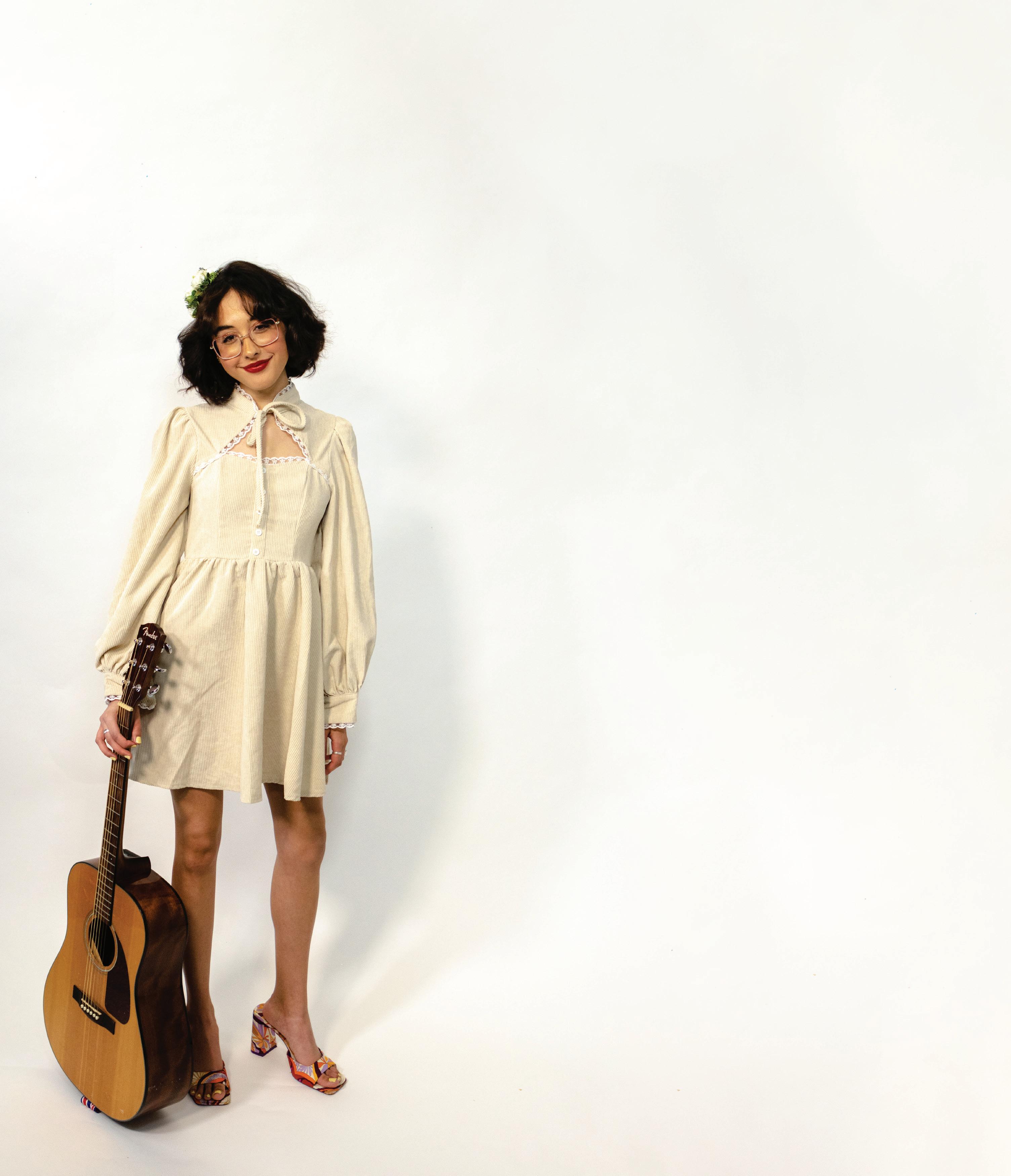
I can’t hear “Beyond the Sea” by Bobby Darin without thinking of my Amma — my grandma — or U2 songs without thinking of the many different concerts with my dad over the years, or “Best Song Ever” by One Direction without remembering moments with my mom I will never forget.
I also can’t hear virtually any Disney song without crying and reminiscing on the frequent Disney trips during my childhood. I also feel warm inside when I hear “A Thousand Years” by Christina Perri — one of the first songs I learned on guitar that has followed me throughout life.
When someone loves an artist, song or album, it is not just the quality of the music they hold dear: It’s the moments it brings them back to. This happens when I hear certain songs that remind me how easy childhood was in Rancho Cucamonga, listening to my CD player dancing on my bunkbed with my stuffed bunny Bella.
I have experience in entertainment and music writing and feel it is an important part of serving the community, which is my driving force in wanting to create this
issue. Music journalism, to me, is a form of good news. It is my hope for this edition to bring our community together, after a few very hard years, through our shared love of music.
“Give peace a chance. Do not fight for peace, because if you fight, you cannot achieve peace,” composer Ravi Shankar said in a George Harrison documentary.
I remember this quote because I truly believe music unifies us — I tend to believe in the best, and I adamantly refuse to let anything crush my spirit. Music can be a factor in helping us achieve a world with no violence, no hate and no division.
These unbelievably talented writers decided to take the plunge with me and tackle something important. For that, I thank and commend them. I thank my advisers, Elizabeth and Courtenay, for always believing in me from day one. I thank my mom and dad for always encouraging my dreams of both music and writing — from sitting in the studio while I record, to reading every Life & Arts story I wrote and edited. Most of all, I thank God for gifting us the power of storytelling — I intend to use it throughout my entire life to glorify Him.
In this edition, we will look at music’s role in society, the power of singing, the world of worship music, the modern pop tar and more. I am extremely thankful to all the talented staff, students and those working in the industry who are featured in this edition. This community is lucky to hear from them.
I also thank you, reader, for indulging in your love for music with the Graphic team and myself.
As my favorite quote by philosopher Friedrich Nietzsche says, “Without music, life would be a mistake.”
Beth Gonzales Special Edition Editor
4
photo by Lucian Himes
STAFF







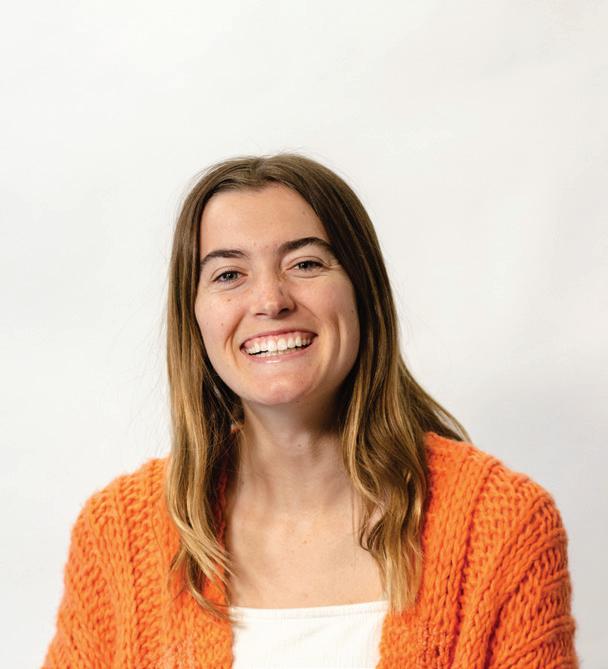



5
Yamillah Hurtado Assistant Editor
Haley Hoidal Lead Designer
Lucian Himes Photo Editor
Emily Chase Assistant Editor
Alec Matulka Copy Editor
Abby Wilt Design Assistant
Samantha Torre Writer
Liza Esquibias Writer
Addison Whiten Writer
Denae Pitts Design Assistant
SPECIAL
Joe Allgood Writer
EDITION

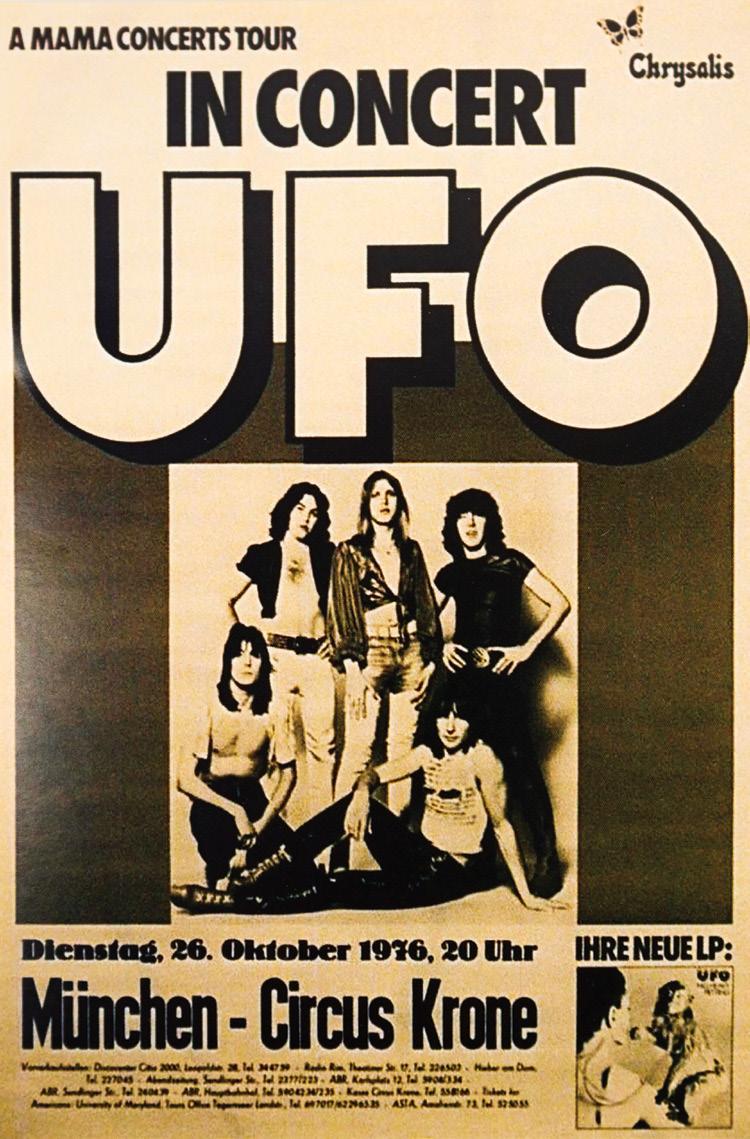
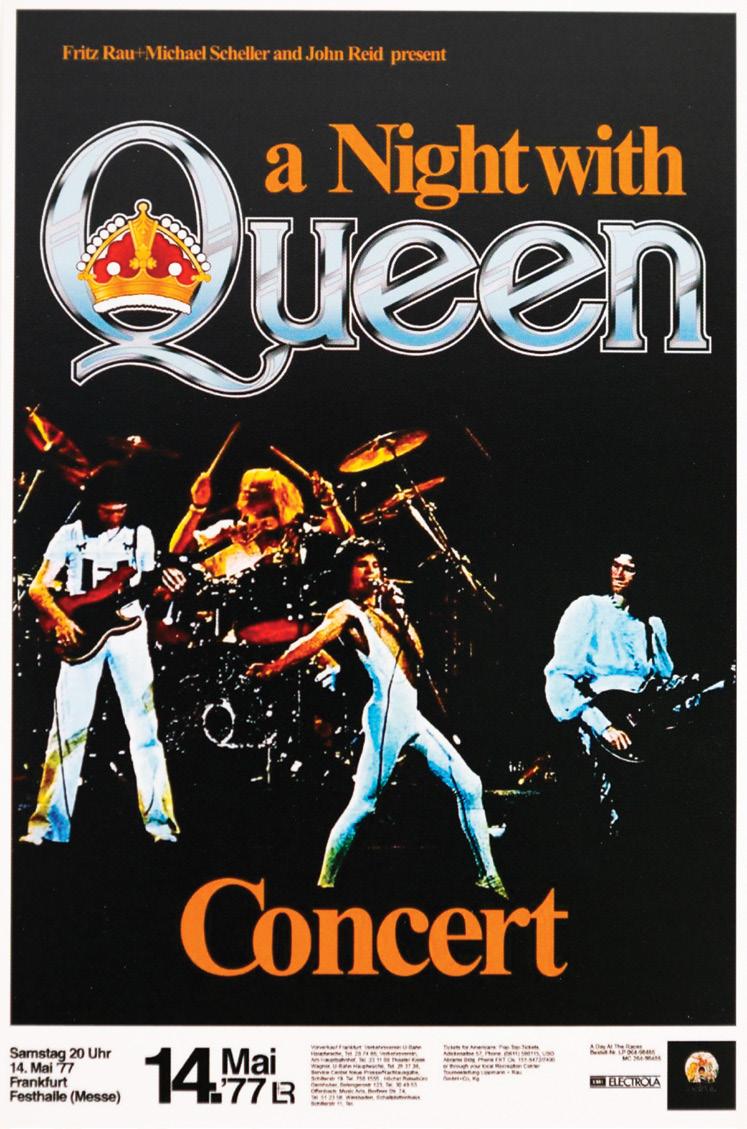
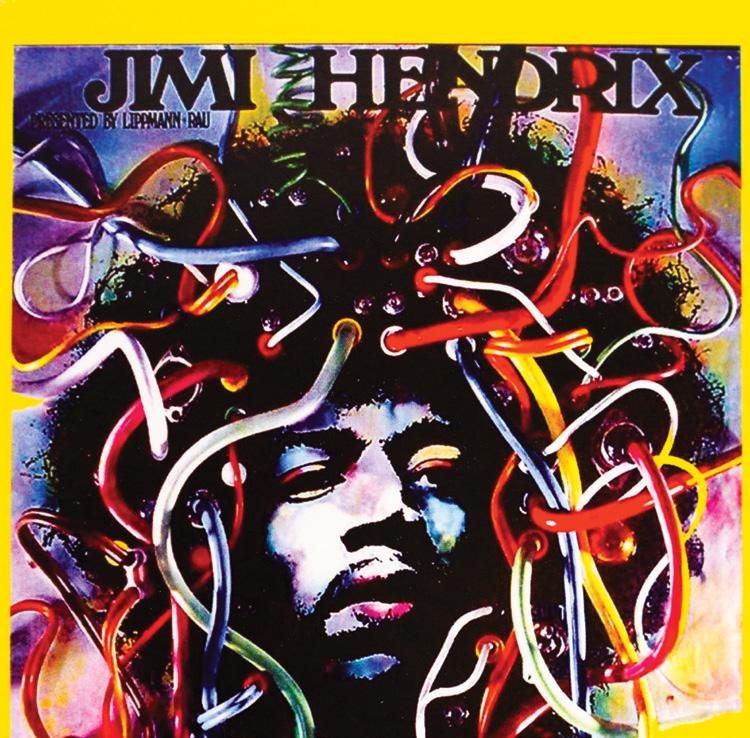
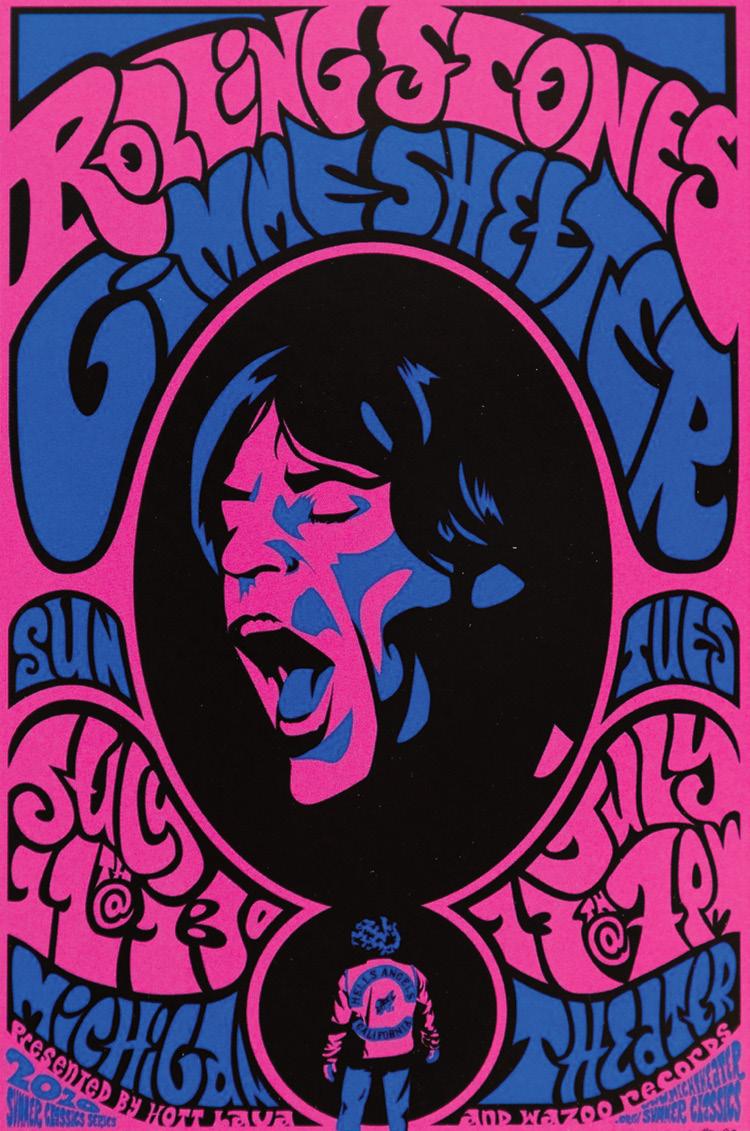

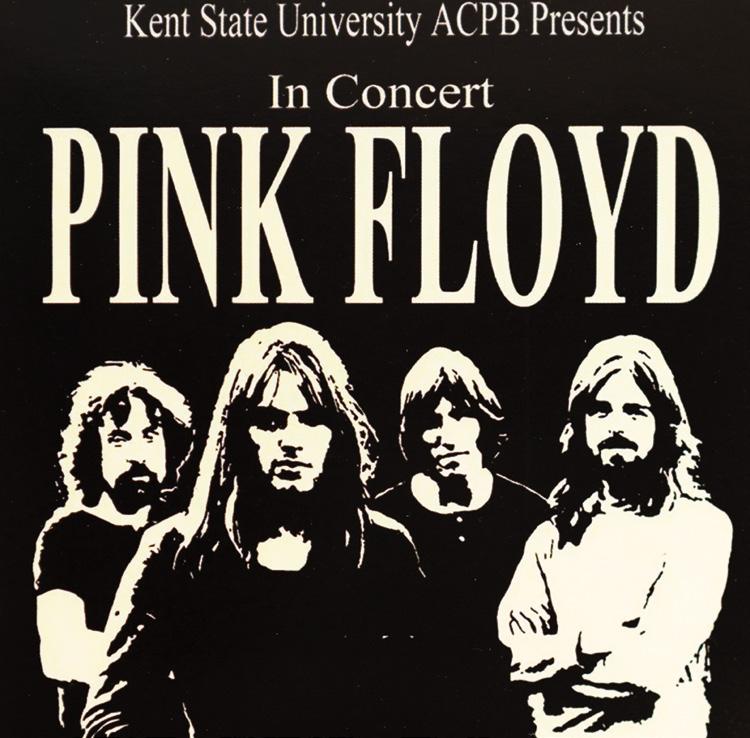
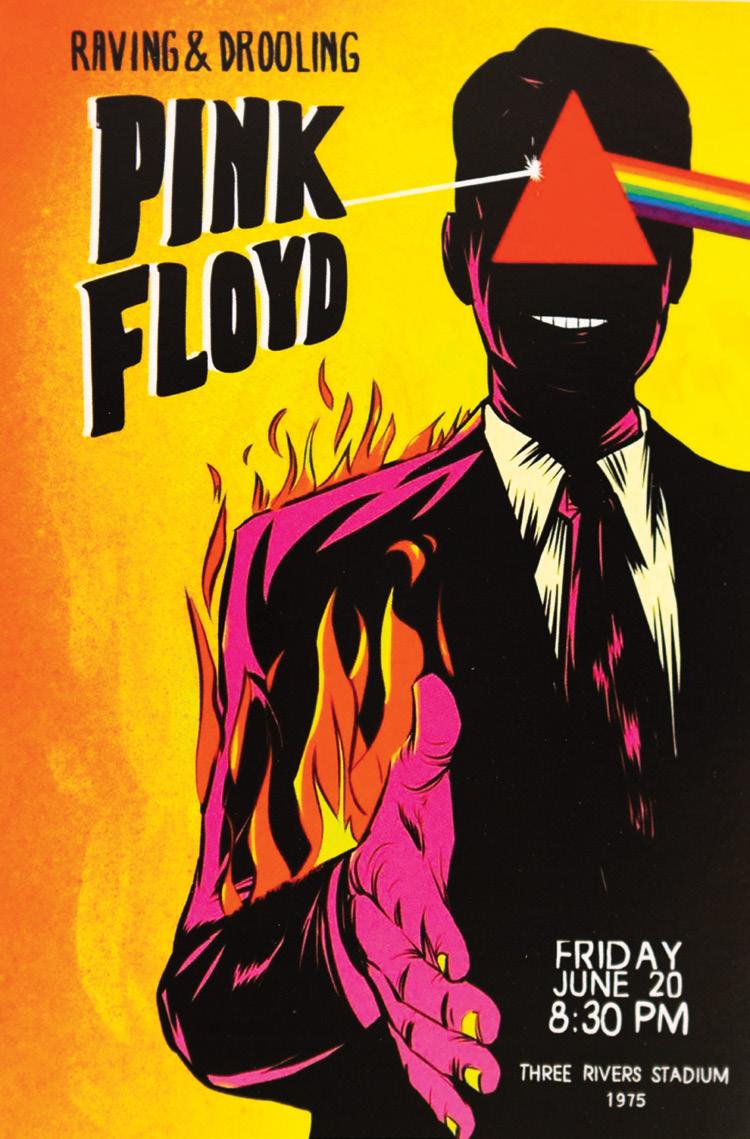

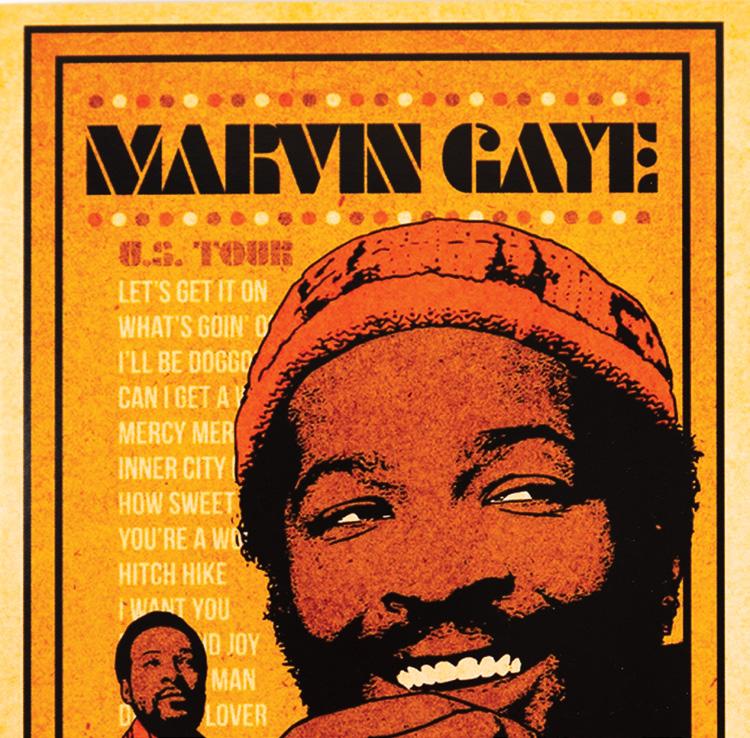
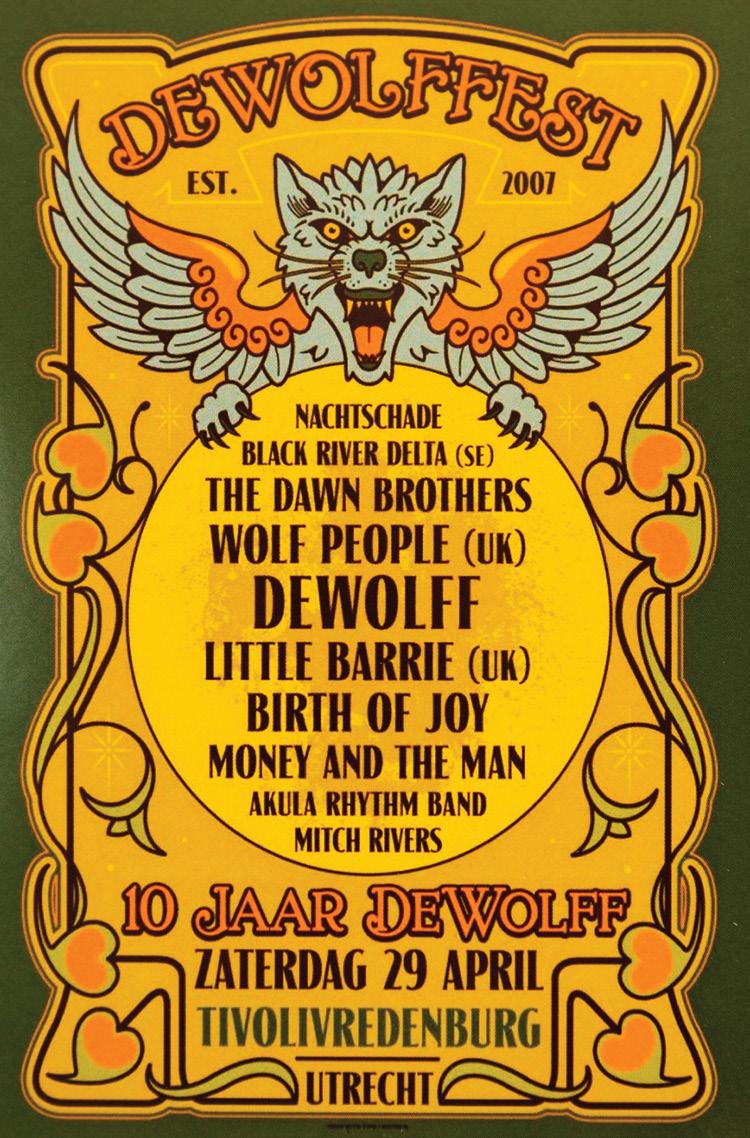


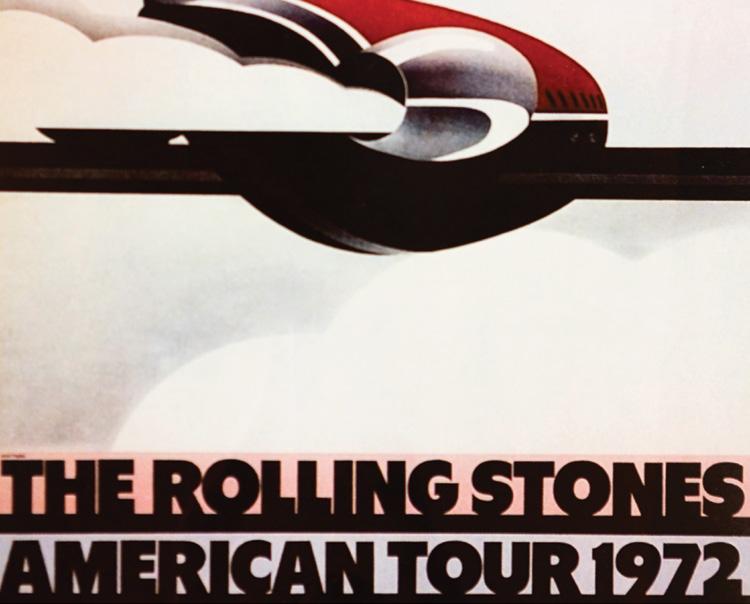
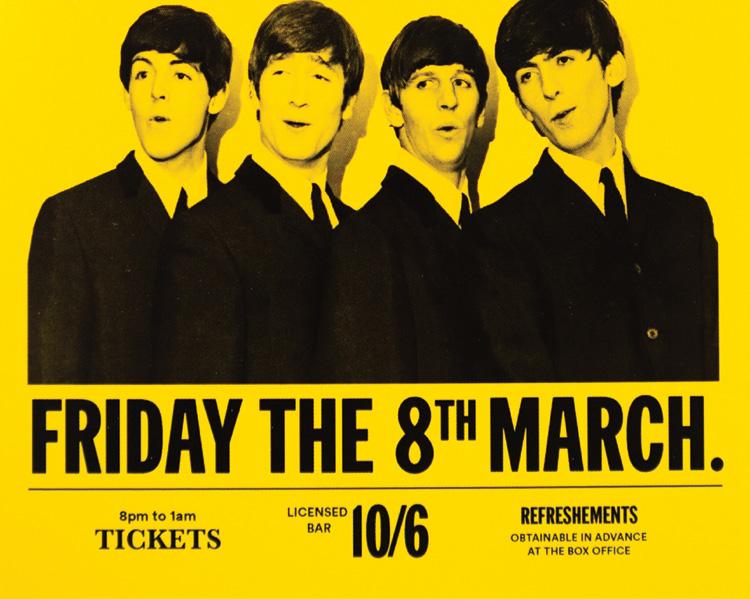
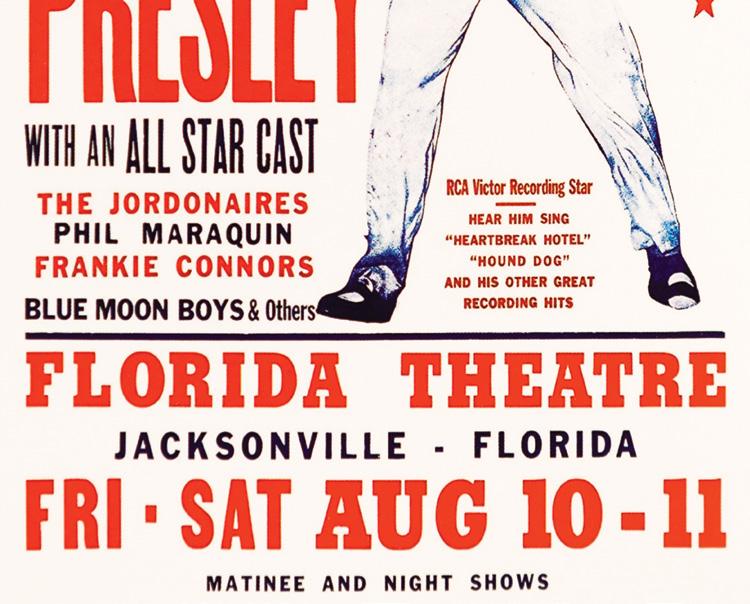
Songs that changed the world:
MUSIC OF THE PAST, PRESENT & FUTURE
Music can be about anything.
It can be about political issues, first love, friendships, faith, the human condition and any and all types of emotions many individuals — or even just one — may find important.
These can be songs of past generations protesting war, such as Bob Dylan’s 1963 “Masters of War” or, more recently, Lana Del Rey’s 2019 single “Looking For America,” combating gun violence while donating profits to those affected in the Gilroy, Dayton and El Paso shootings.
Del Rey’s song is one of many about the “terrifying search to find a place in our country, where you can feel safe from violence, free to fulfill the promise of your own dreams and desires without fear,” according to Rolling Stone.
While music is a valuable and predominant part of culture — by moving, teaching and entertaining many — it can also be effective in relaying different types of messages. When mass amounts of people hear music, it creates group mentality and affects emotions, according to the U.N. magazine Africa Renewal.
“It is important we have all these genres; it forms us in a way that we can all be unique
individuals,” said Sco Woeckel, Caruso School of Law audio visual production and instructional systems manager. “It makes the art grow, makes us grow and makes society grow. The artists and music that is important to our lives is important to our lives for a reason.”
While popular messaging can be implemented through social and mass media, fame, gatherings and more, the right combination of lyrics and rhythm can build a group identity, according Africa Renewal. It can also stir strong emotions and encourage audiences to take action — making music integral to social development.
While much of social development is the importance of perspective, Sean Bierman of L.A. rock band “Familiar Faces” said when he sits down to write a song, he thinks about first person, second person and third person. He said perspective has led him to songs of experimentation while his favorite artists of the past influence him.
“If a song resonates with someone and helps them tell their own story, then it probably has more meaning to them,” Bierman said. “Music is cultural expression, all these genres are really different cultures sharing their music with the world.”
Stories of Passion: Jazz Music
Woeckel has a degree in Ethnomusicology — the study of the cultural background and social impact of music throughout the world.
He describes jazz as American blues and gospel combined with western classical music. This genre of music started when enslaved people were brought into various parts of the world, for example, Latin jazz, Cuban music and more.
This led to the commingling of African musicians and Cuban natives to create all different types of music, which transferred around the world, Woeckel said.
Blues, as a genre, brought in spirituality. Their lyrics were intended to serve more narratively, telling stories of love, oppression and life’s difficulties with immense emotion — without drums, as they only had western instruments, Woeckel said.
Featured notes were often not on the normal scale, or what are called blues notes. For many, jazz and blues served as the beginning of music’s unification of people and resonated with those struggling to repair their oppressive and often violent communities, according to Folklife Today.
“From all ways of looking at it, whether it’s [music] to incite real specific change, music is an editorial,” Woeckel said. “There is a validity on all sides of that to create positive change.”
Music can serve as a snapshot of history, and young musicians today said music from the past helps them with their everyday creations.
“All music, for the most part, is recycled,” first-year musician Ma hew Harrison said. “You can have so many backgrounds of music
7
photos by Lucian Himes words by Beth Gonzales
that you like. You take a li le piece of country or blues and make it your own. You can keep going on for infinity with all the different sounds you can make.”
Folk and Rock Music
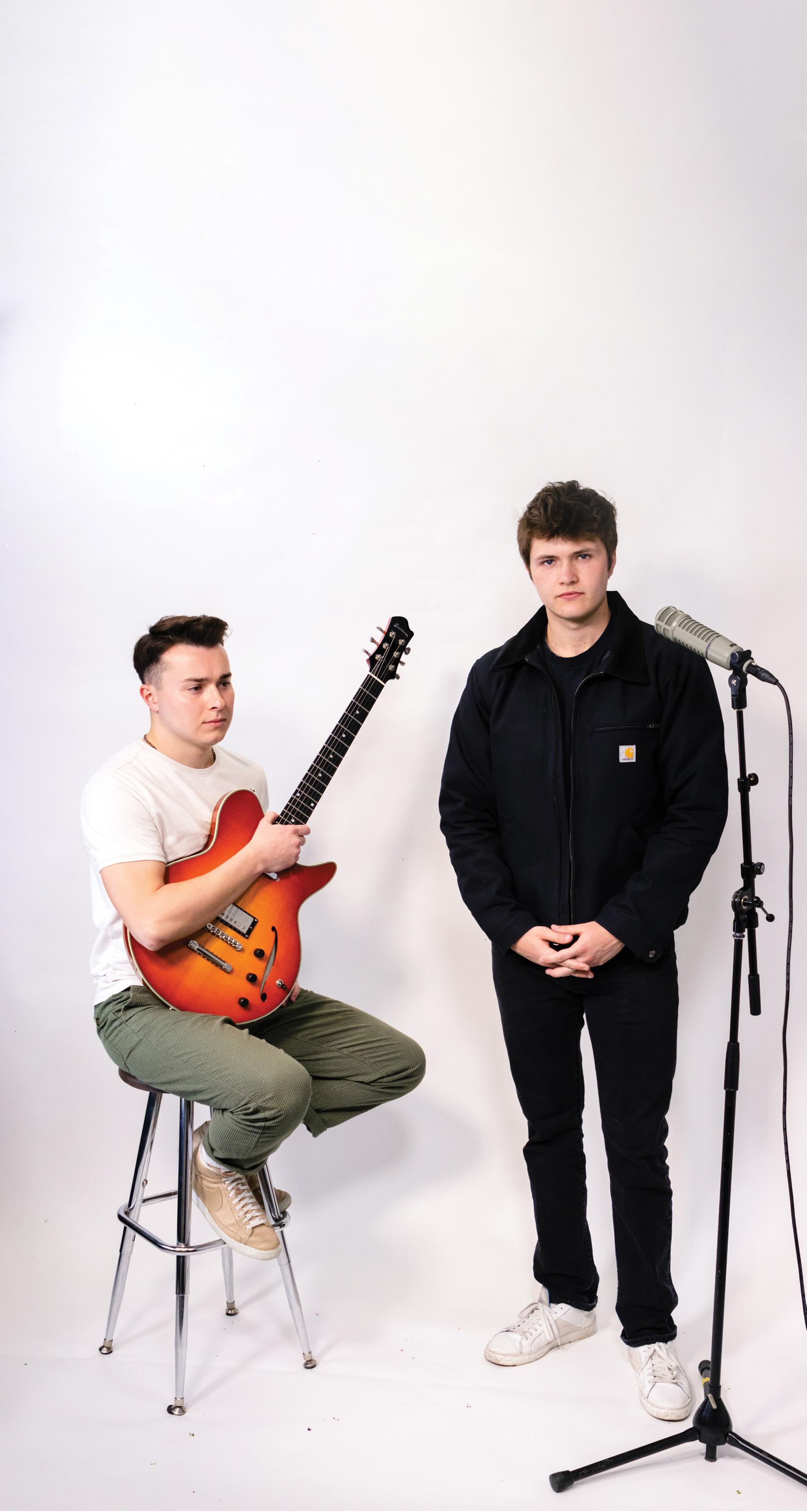
“Music is powerful. As people listen to it, they can be affected. They respond,” singer-songwriter Ray Charles said in 1993.
Woeckel said music is ceremonial, and while there are literal examples of music bringing people together — Woodstock 1969 — a lot of music is reactionary. This means it serves as a response to social events that affect groups of people, Woeckel said.
Guitarist Jimi Hendrix ended his twohour Woodstock set with the “The Star-Spangled Banner” as a way to protest moral inconsistencies from his nation’s involvement in the Vietnam War — such as distortion mimicking bombs and using his Stratocaster guitar to create uncomfortable sounds.
In British music journalist Charles Murray’s book “Crosstown Traffic,” he said the performance was “probably the most complex and powerful work of art to deal with the Vietnam War and its corrupting, distorting effect on successive generations of the American psyche.”
Folk music has a long history of being tied with social justice issues, such as struggles for universal suffrage, war, anti-imperialistic messaging and human rights, according to “Music and Social Justice” by Tracey Nicholls. This can be tied back to musicians such as Woody Guthrie, Bob Dylan, Leonard Cohen
8
Music has always been at the forefront of being more progressive than most other aspects of society.
Scott Woeckel
Caruso School of Law Staff Member
“ ”
Nolan Harvel (left) and Oliver Westover (right) of Suncoat
and more, who sang about ideology and human nature.
The term ‘Protest Song,’ is defined as “a song that expresses disapproval, usually about a political subject,” according to Cambridge Dictionary.
One example could be songs about poverty and oppression, such as reggae hit “Get Up, Stand Up” in 1973 wri en by Bob Marley and Peter Tosh after witnessing life in Haiti. Its purpose being to help the oppressed resist their oppressors, in many places and in different capacities. Martin Luther King Jr. said in 1963, “freedom songs serve to give unity to a movement.”
“Those songs are so endearing and beautiful, it is hard to deny that musical genre,” Woeckel said. “It’s simple, it’s direct, it’s good.”
Those messages, and at least the ethos, have seemed to stand the test of time, Woeckel said. He said kids 20 years from now will be able to listen to a Bob Dylan record from the ‘60s and be able to get a sense of what life felt like for him — in that time and in that context.
Contemporary/Modern Music
While the world evolves, so does music. Artists said music has honesty, and while some struggles change and stay the same, the fundamental rights to equality, fairness and love will never fade.
L.A.-based recording artist Sophie Cates said she approaches writing spontaneously — speaking from her heart and from personal experience.
“I don’t think I could do it any other way; it’s kind of the only way to make it feel real for me,” Cates said.
Bierman said he feels being a current musician and reflecting on our world is a gift, while Cates said music is universal and crucial in remembering and reflecting.
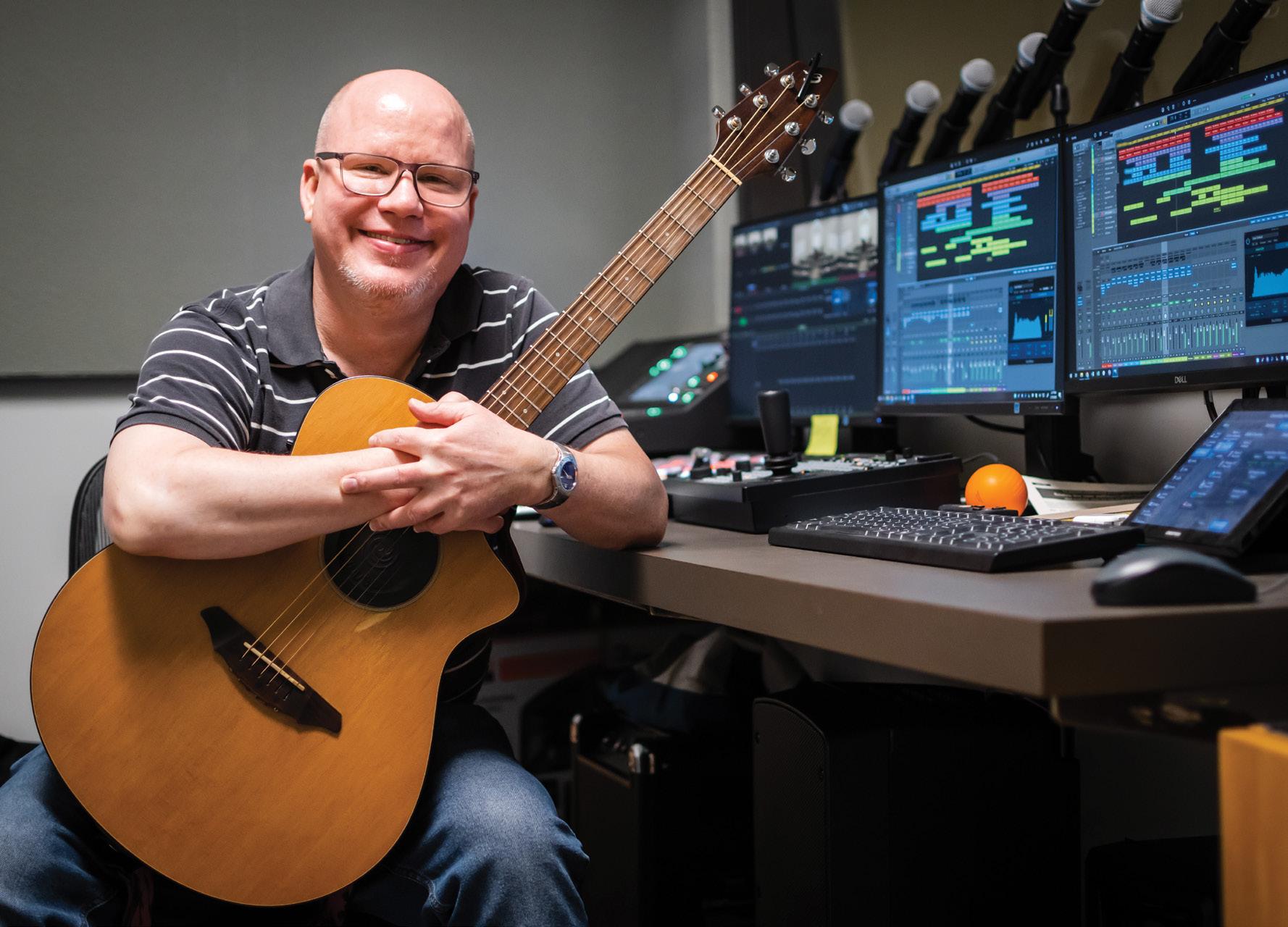
For her, Cates said English pop band The 1975 has remained important, lyrically and sonically. She said she admires their production and how experimental music can be.
The 1975 has a few songs speaking about gun violence, following many mass shootings in the U.S. this past year alone.
On Spotify’s storyline, under their song “Looking For Somebody (To Love)” it says, “Looking For Somebody (To Love) is about school shootings. For me as a British person, school shootings are an abstract phenomena I don’t understand. These shootings have reason and cause, and that’s what I’m trying to figure out.”
The 1975 singer Ma y Healy said of their
2018 song “I Like America & America Likes Me” on Spotify that “it channels the frustration and fear felt by young American students.”
“The more that songwriters are honest about the world, then other people will find it and be able to relate — they won’t feel alone,” Bierman said. “That is enough to really be a powerful tool to make the world a be er place.”
Much new music has had cultural impact, Woeckel said, such as hip-hop, punk and R&B. All music, lyrically or not, is trying to say something. He said we have the choice to listen.
“Music has always been at the forefront of being more progressive than most other aspects of society,” Woeckel said. “We have always been more open to not caring where you’re from, what the color of your skin is, what language you speak or what religion you practice. We have a common language that brings us together in a way that no other aspect of culture does.”
ABOUT THE AUTHOR
Beth Gonzales is a junior Journalism major with a concentration in Creative Writing. She is the special edition editor and has been on the Graphic since her first semester at Pepperdine, serving as the previous Life & Arts editor and more.
Gonzales is from Rancho Cucamonga, Calif., and loves to write music, listen to Harry Styles, play her guitar, style fun outfits, travel and cuddle with her poodle, Sammie. Gonzales interns at Atlas Entertainment and hopes to continue working in the entertainment industry after graduation.
9
Scott Woekel, Caruso Law School
An extra sense: MUSIC BRIDGESMEMORY
Music can transcend not only physical space — but time.
In a hospital, an older woman lies on the bed. A staff member puts headphones over her ears with music she used to listen to.
The woman moves her head. She dances along to the songs playing through the headphones.
This is the Music Memory Project, where caretakers use beloved songs from a patient’s childhood to help dementia and allow their residents to stay present, according to their website.

Jessica Cail, visiting professor of Psychology, said music is not stored differently from
other memories in the brain — and does not live in a specific part of the brain. Rather, memories are indexed, similar to old library systems.
“It’s really easy to attach the emotions conveyed by music to the things that are happening in our life or the experiences that we dream of or hope for,” junior Joseph Sadler said.
Growing up, Sadler said his parents listened to a lot of classic rock, musical theater and classical music.
“My dad would drive us to school every day when I was in first grade, and he had a George Gershwin CD,” Sadler said. “The length of ‘Rhapsody in Blue’ was just as long as the drive to school would be.”
More recently, Sadler said he got a record player for his new apartment — a memory that brings him back to time spent with friends.
“I’ve got a decent amount [of records]
for it now, but I just had two back when I first bought it. One of them was a Beatles record,” Sadler said. “I remember the first night listening to that with my roommates and thinking that was really cool.”
Junior Jonathan Louie said the first instrument he learned to play was the trumpet. Now he sings, plays the piano and the cajon — a percussion instrument. Louie grew up in a Christian household and mainly listened to Kidz Bop and worship music as a child.
Louie’s experience in choir, he said, helped him expand his music taste.
“A lot of the things that [the choir] perform[ed] help[ed] me gain a new perspective on other genres of art and gives me a newfound appreciation,” Louie said.
Louie said he still listens to worship music primarily, but also listens to R&B, alternative, indie, pop and rap. When Louie is sad, he listens to slower, more acoustic piano and
10
photos by Lucian Himes words by Samantha Torre
Peter J Re (left), Joseph Sadler (center) and Jonathan Louie (right)
guitar, such as Giveon or Frank Ocean. When he’s feeling more upbeat, he listens to indie music, The Weeknd or Harry Styles.
One of Louie’s earliest musical memories is playing the recorder in elementary school.
“That was probably one of the most fun, memorable moments when I was a kid, like looking forward to that,” Louie said. “We had a designated class to do that too, so it’s a lot of fun when you do that with your friends and [your] family comes to see.”
While listening to music may not improve mental ability the way playing does, there is something called state-dependent memory. This means being in a specific mental, emotional and physical state can help one recall memories when they enter that state again, Cail said.
When getting her Ph.D. in psychology, Cail said she studied for her qualifying exams while listening to Cecilia Bartoli’s classical album, “Cecilia Bartoli: A Portrait,” and could listen to it while taking the test.
“It helped me recall everything I’d studied when I was listening to that same music,” Cail said. “Unfortunately, what it did was make me hate that CD, and I’ve never been able to listen to it, because all that anxiety got baked into that too, and now every time I hear that music, my stomach clenches up.”
Sophomore Stephen Weinstock said he grew up listening to a blend of classical, Motown and folk music, as well as a lot of older music from the ‘30s and ‘40s and bluegrass. Bluegrass is a genre that dates back to the 1600s and incorporates gospel music and blues from African American tradition, according to Bluegrass Heritage.
On Saturday mornings, Weinstock said his parents would always have music playing, hearing the sound now takes him back to those mornings.
“From my room, I’d hear it,” Weinstock said. “My mom’s making breakfast or my dad’s making breakfast, and they’ve got Lionel Hampton going in the background, and it’s just a really, really nice, nostalgic feeling that I get.”
Weinstock said he also enjoys exploring new music, with genres ranging from Ukrainian Folk to ‘80s Yugoslavian Mariachi.

“My grandpa really liked a lot of the weirder genres, the more original music,” Weinstock said. “He was always playing folk music from different countries around the world. So whenever I was at my grandparent’s house, I would always be hearing something different.”
Cail said the person who exposes some-
11 Jessica Cail music festival,1977 StephenWeinstock roadtrip, 2022 Weinstock’s favorite album listening toTheLumineers
Weinstock and Pat Boone Weinstock at country music concert
Caildressing for ‘50s swingevent
one to a type of music has an impact on their likelihood to return to it — positive associations, such as loved ones, will make someone more likely to listen.
“Your environment determines what
you’ve been exposed to,” Cail said. “You can’t really appreciate a type of music until you’ve been exposed to it.”
Weinstock’s music taste is unique, and he said that comes from the way he listens to music.
“A lot of people have favorite artists, favorite groups or favorite albums, and I don’t really have that, which is kind of weird, but I use music as a way to enhance whatever mood I’m in,” Weinstock said.
Weinstock said The Lumineers’ “Sleep on the Floor” is a road trip song, Jeff Wayne’s “Thunder Child” reminds him of backpacking on Catalina Island with friends and Arlo Guthrie’s “Alice’s Restaurant Massacree” is one of his “favorite songs ever written.”
“It’s not only a great social commentary, but I listen to it every time I drive up and down from Pepperdine, and it’s a very long song; it’s like 18 minutes, but me and my dad sing it all the way,” Weinstock said.
While Weinstock said memories are often flawed, everyone can remember how certain places smelled. Music, he said, is similar — an extra sense.
“It just takes you back to that spot,” Weinstock said.
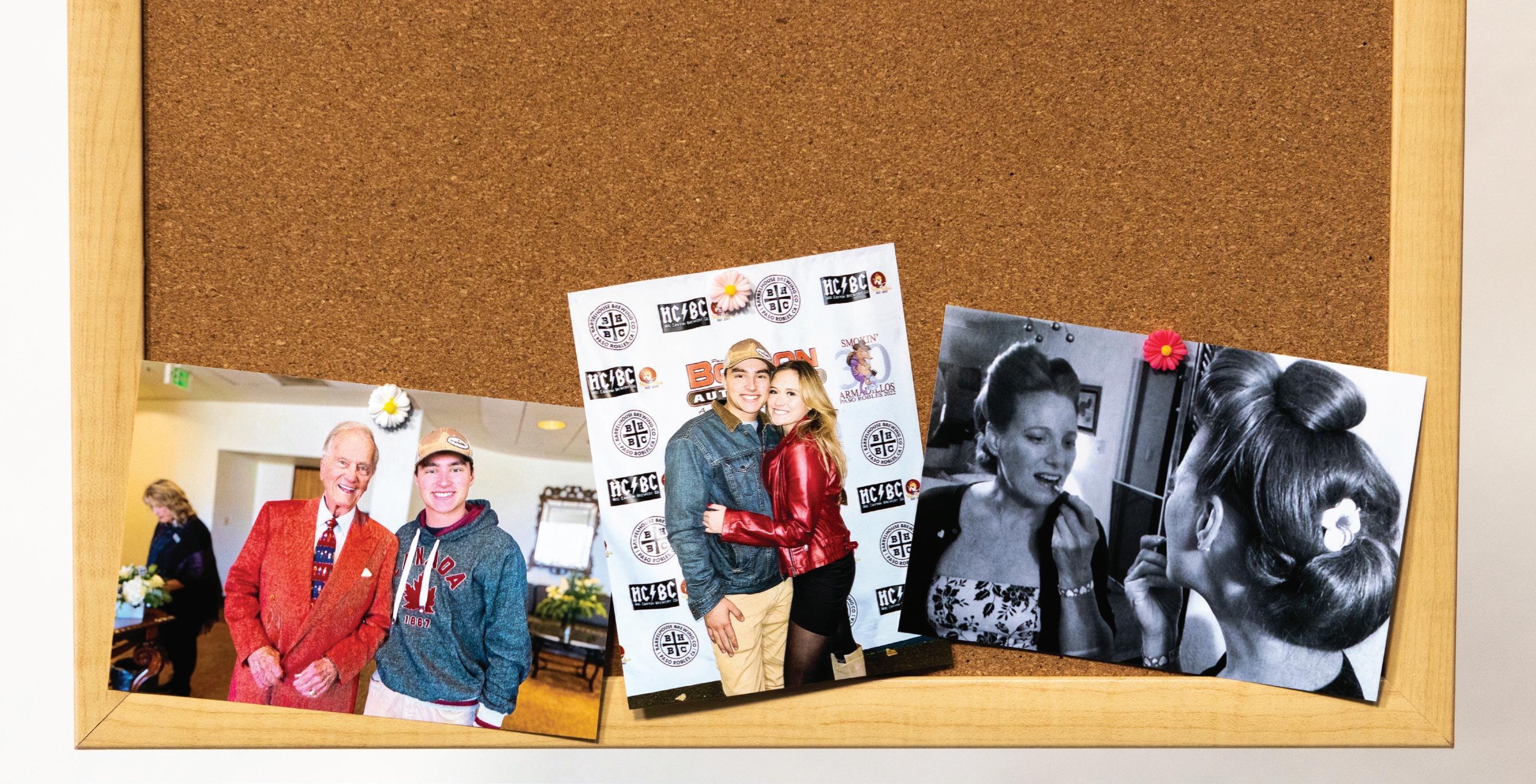
ABOUT THE AUTHOR
Samantha Torre is a junior Journalism major and Great Books minor from Long Island, N.Y. She is the News editor for the Graphic and has been a part of the staff since her first semester at Pepperdine. She played the cello for four years and loves to sing for fun.
She has always been interested in music and memories — she even has playlists labeled after different years, places and people in her life. Torre hopes to attend law school after graduation and work in media or environmental law — she would also like to get a dog.
12
I listen to [Alice’s Restaurant Massacree] every time I drive up and down from Pepperdine, and it’s a very long song; it’s like 18 minutes, but me and my dad sing it all the way
Stephen Weinstock Sophomore
photos by Lucian Himes words by Emily Chase
THE HEART OF STORYTELLING: Generational change in songwriting
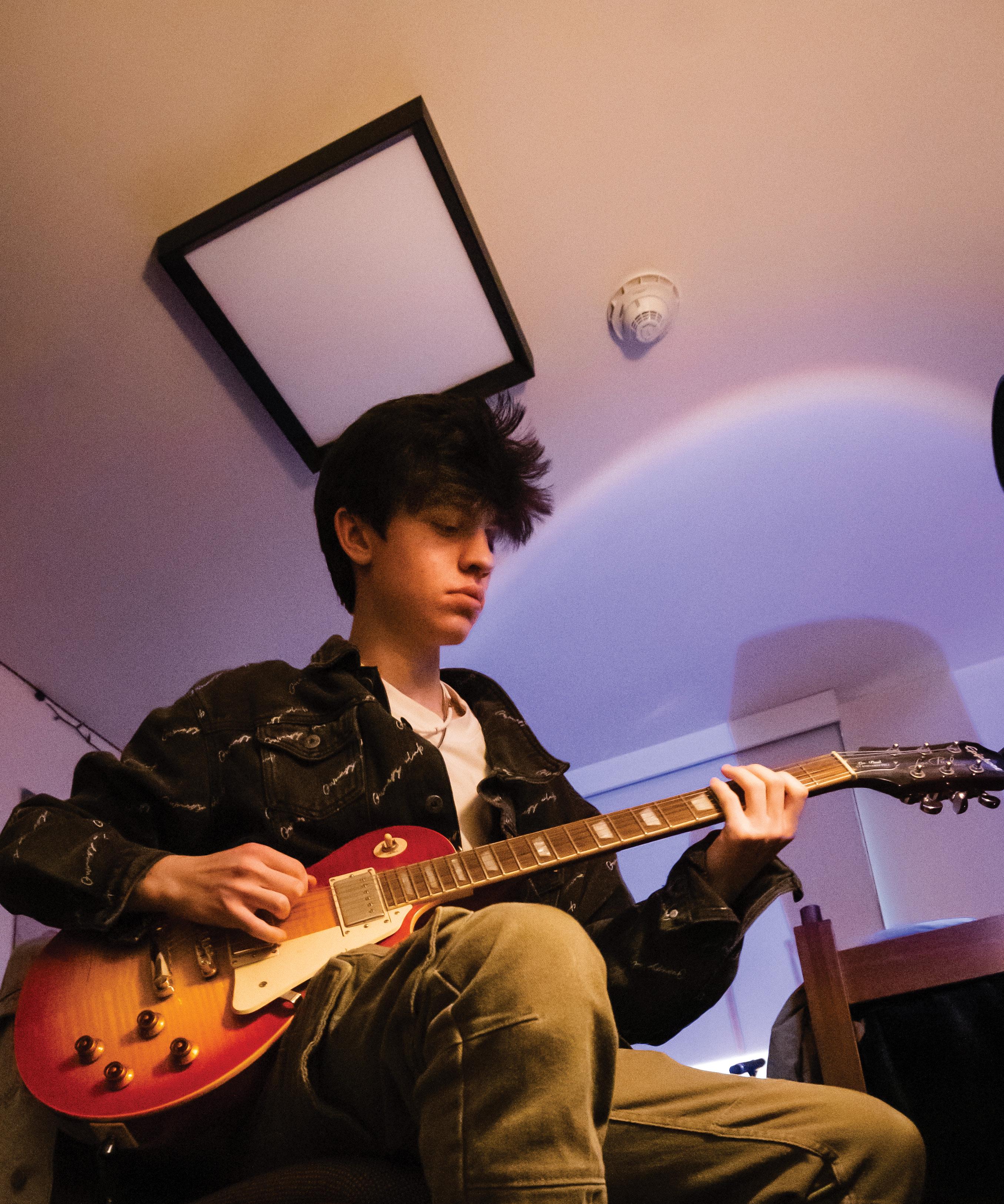
When people hear the lyrics to their first nursery rhyme, “Happy Birthday,” the first band anthem they learned the words to or the song they automatically put on in the car, the lyrics and messages might stay with them for the rest of their lives.
Musicians weave together words and chord progressions to tell stories and provoke emotion in those who listen. Writing and composing have stayed true to their ultimate goal of bringing joy and entertainment to their audiences. However, the intricate process has changed from generation to generation, according to SongTrust Blog.
13
Evan Herrera
Seaside Residence Hall
Collaboration Creates Perspective
Sophomore musician Evan Herrera writes and produces his own music and said the process of songwriting still has the same intentions of conveying messages as it always has, but writing independently has taken a backseat.

“I know songwriting is a lot more collaborative these days; there’s a lot more songwriters for one song, and producers get songwriting credit now,” Herrera said. “We definitely see more of a person who is going to leave it up to other people and just be a singer. The people that write the songs are more behind the scenes.”
Songwriting and composing allow listeners to be able to hear about the world and feel emotions from different perspectives, California recording artist Amy Held said.
Held said what makes songwriting so fascinating is the perspectives of others — if people opened their hearts to different points of view in music, it might make the world a be er place.
“There’s so much power in everybody’s perspective,” Held said. “Perspective is so important. The world as it is would be such a more loving environment if we just accepted perspective.”
Storytelling Through Song
Held said her personal songwriting is more
story-driven in nature. Her song “Still-Falling” conveys this with lyrics like, “I’m crystallized by you/With one arm outstretched towards the sun/I’m frozen in metaphors/Still-falling.” She said she tries to invite people into her story.
Numerous artists such as The Beatles, P.J. Morton, Billy Joel and Harry Styles all have different perspectives that are evident when listening to their songs. Despite their generational gap, all of these artists have something in common. Through their music, they tell stories and project audial images of feelings listeners often find hard to express themselves.
L.A. musician and LMU student Nicole Han said some of her musical influences allow her to feel comfortable sharing raw emotions in her songs. Her most recent single “WANNABE” says, “I know you’re happy/You don’t think about me/And that’s the way it should be/I wish I didn’t care so much/Wish I didn’t lie between my teeth.”
“I exposed myself to more old ‘80s rock as I got older, but when I was younger I was exposed to a lot of Elton John and Billy Joel — those types of songwriters,” Han said. “There is an unlimited amount of stories to tell, and there are billions of people, and everyone has their own personal situation going on, and I think that translates. I often write when I’m going through something I want to talk about.”
Scoring Amplifies Technological Changes
Songwriting isn’t limited to purely pop artists and rock hits, but films also utilize scoring to help encapsulate audiences into the story by providing music to amplify the emotions within a scene.
“Jaws,” “Star Wars,” “Harry Po er” and “Pirates of the Caribbean” — what bonds these movies is the musical scores that accompany them and have stuck with audiences everywhere, according to ClassicFM. The music in films elevates the visual experience and brings to life the magic on the screen.
Today, more technology is present in studios and writing sessions — the days of entangled tapes and scratched records might be thought of as a thing of the past.
Although, more has changed beyond the inventions of LogicPro — an online professional recording software — and Loop Stations, which lets the user quickly record lyrics and music with playback.
German film composer Kim Planert is best known for his compositions on the television series “Castle” and the British television show “Missing,” among others. Planert said when he started, he only used manual modes of recording and composing. Now, he has a different experience creating in studios.
“Tech was an obstacle because the whole engineering side was going down, so only the biggest studios were surviving,” Planert said.
There is an unlimited amount of stories to tell, and there are billions of people, and everyone has their own personal situation going on.
14
Nicole Han L.A. Recording Artist
Evan Herrera Seaside Residence Hall
“When it comes to writing for a picture, if I can get the script, I’ll start there, leaving all the technology aside to catch the heart of it. Then I start on piano and transfer to the computer, and that’s really been the last 25 years.”
True To Tradition
Planert said composing has become more technologically based over the last 25 years. However, other composers also stick to traditional instruments.
Richard Gibbs, film composer and music producer, best known for his work on “Dr. Doli le” and “10 Things I Hate About You,” said he created a music studio to be able to immerse himself in the instruments he’s collected over the years.
Gibbs created Woodshed Recording in Malibu to be “first and foremost a creative environment,” according to the studio’s website. The space can accommodate anywhere from a single solo artist to a 30-piece orchestra trying to record a composition. It’s hosted a scope of artists from Coldplay to Sting to Barbra Streisand. In the studio, one will find a grand piano, a full sound engineering workspace, a multitude of guitars and exotic instruments.
Why Write Music?
Since his beginnings in the industry, Gibbs said he believes the true meaning of
music is to create something that summons the emotions of its listeners.
“How do I manipulate emotions with music?” Gibbs said. “All I’ve wanted to do is inspire others and give happiness to other people.”
Artists said they all write for different reasons and write about something that calls to them or, for film, what makes sense for the production. Held said a huge inspiration for her is God and the idea of ge ing inspiration from anywhere out of nowhere.
“God is my biggest inspiration,” Held said. “There’s this phenomena of songwriters having random strokes of genius and I accredit that to God and just thank him for a moment when it happens.”
Planert said between his work periods, he enjoys writing music for himself under his own name. When his work is in full swing, Planert said the profession provides “the bravery for space to create.”
Songwriting isn’t just lyrics and melody anymore — when artists embark on a creative journey to write a song, Herrera said it’s more flexible and interchangeable now than ever.
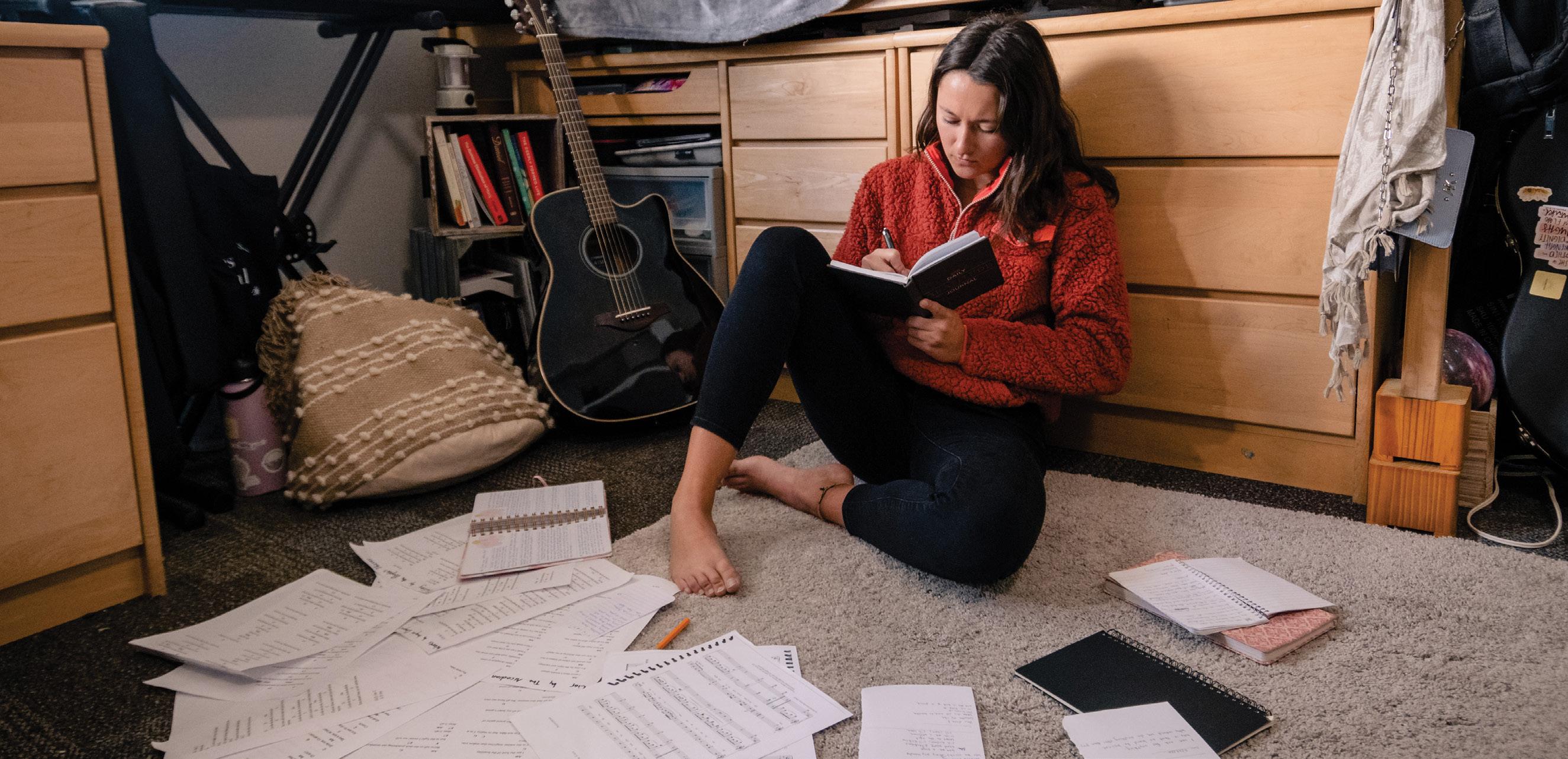
From the days of makeshift sound booths to the technological recording ease of today, songwriting has never failed to stand the test of time and journey with people all over the world — bringing communities together.
Gibbs, Han, Held, Herrera and Planert — while different ages, genres and backgrounds — said they remain connected in their love for
music. All of these musicians said songwriting still remains evergreen in the effect it has on those who listen and the passion of those who create.
ABOUT THE AUTHOR
Emily Chase is a junior Journalism major and Film minor. She is the Perspectives editor and special edition assistant; she has written over two dozen stories for the Graphic.
She is from Santa Monica, Calif., and loves music. She has been singing, playing piano and songwriting since the age of 6. Chase is very excited to bring this story to life and hopes readers will take away a greater appreciation for songwriting.
15
Jadyn Gaertner DeBell Hall
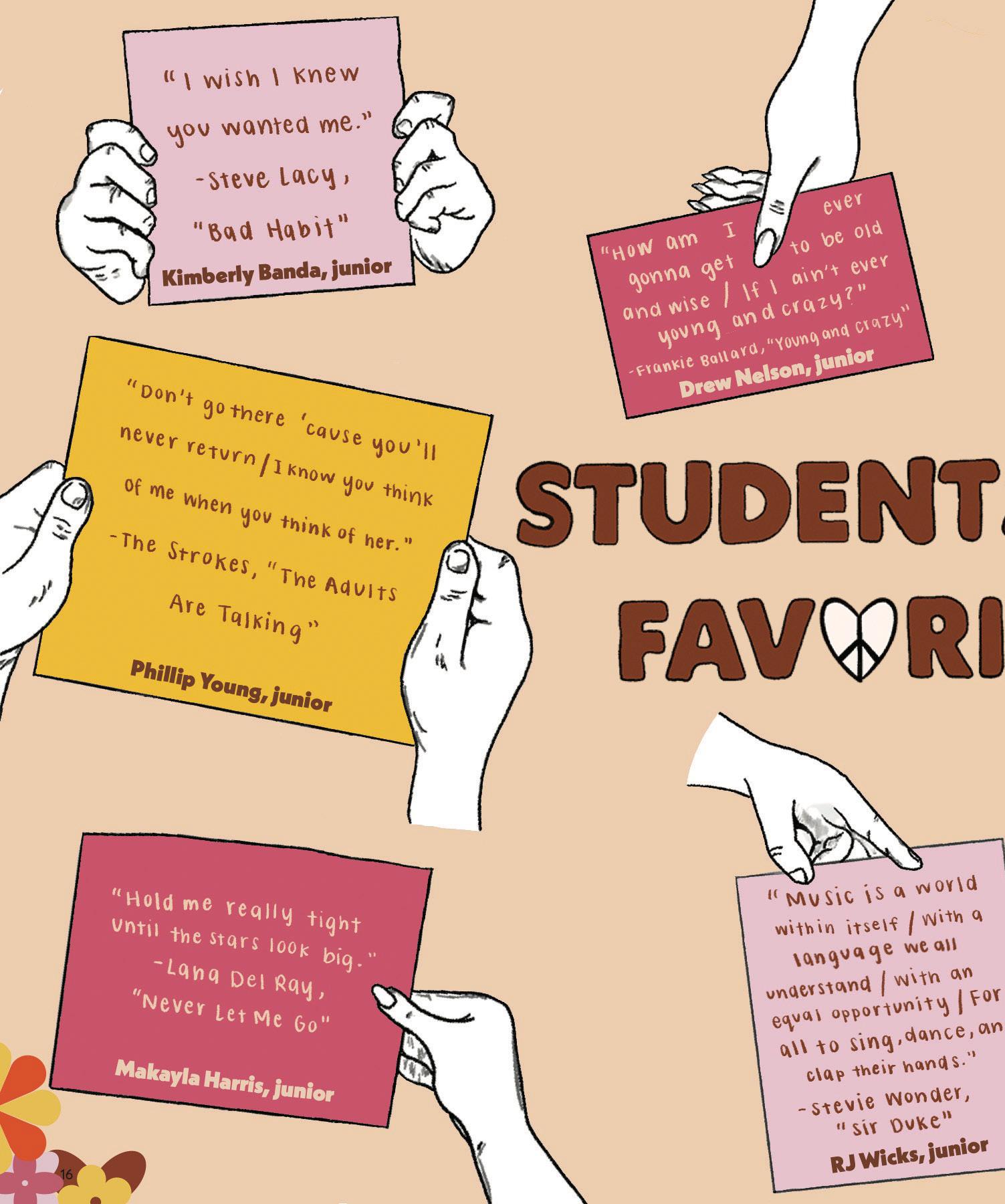
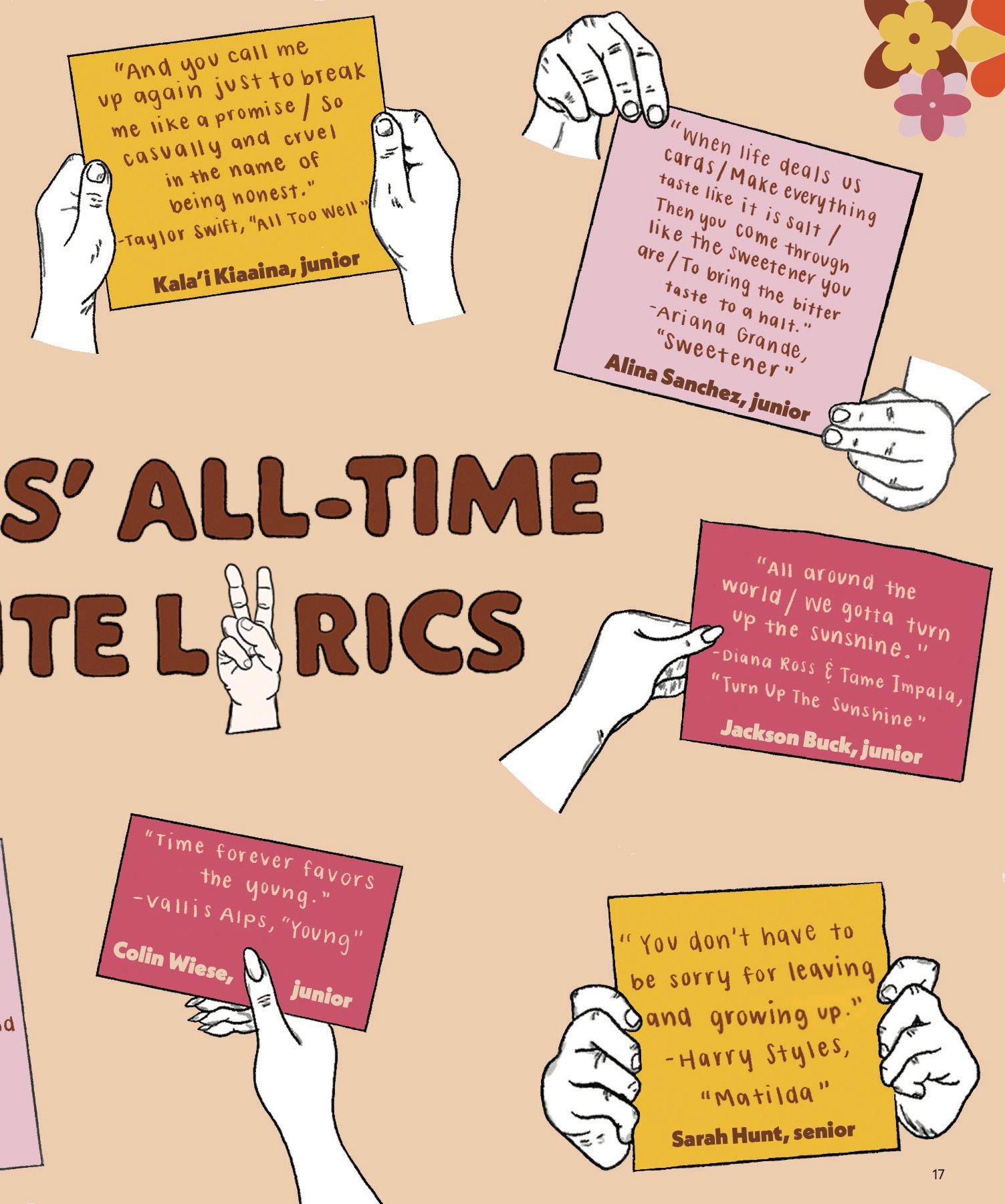
Social media makes music more personal
photos by Lucian Himes words by Yamillah Hurtado
You’re scrolling on TikTok for who knows how long. You come across 10 different videos in a span of 20 minutes, all using the same sound bite from the newest hit song. You pause and ponder, “Has social media changed music?”

Since its development, social media has weaved its way into every aspect of human interaction — including music. With social media being an oasis of audience engagement, the music industry has utilized it to track data, seek out new artists, make new hits, as well as increase and maintain a fanbase, said Sienna Safiri — Pepperdine alumna (‘17) and executive assistant to the CEO of Capitol Records.

While there are many benefits, those who work within the music industry said there are also many drawbacks regarding the use of social media.

“[Social media is] changing the game so much,” said Francesca Lanese, first-year and former KWVS DJ. “It’s hard to have a positive or negative thing to say about it because it’s just so new and unknown.”
Breaking Through
Senior musician Samantha Proctor said social media helped her promote the release of her first single, “Crime Spree,” on Dec. 30.
Social media, particularly TikTok, has allowed Proctor to build an audience and bring attention to her craft, she said.
“Over the summer, I started putting out a lot of TikToks of me singing and writing,”
Sofia Reyes and Cat Davis, Alumni Park
Proctor said. “I came back to school for the fall, and so many people, even people I didn’t know well, were like, ‘Oh my God, I saw your TikTok. Are you making music? When does it come out?’ [They] were so excited; it was crazy to me.”
She said the positive feedback encouraged her to showcase more of her art and talent on the platform.
For L.A.-based singer Nina Nelson, she said social media played a huge role in her self-described girl group’s — Citizen Queen — and her own success.
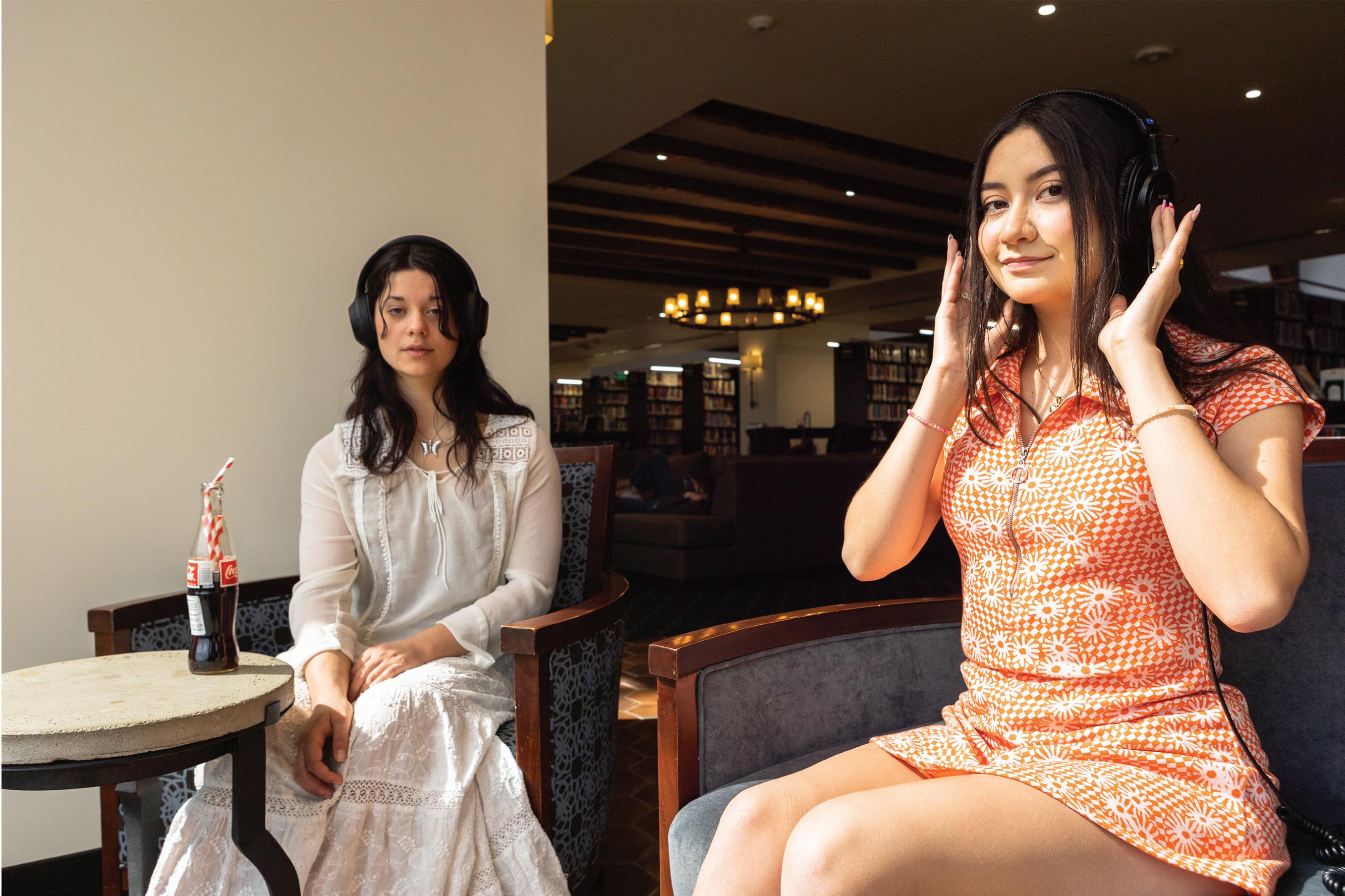
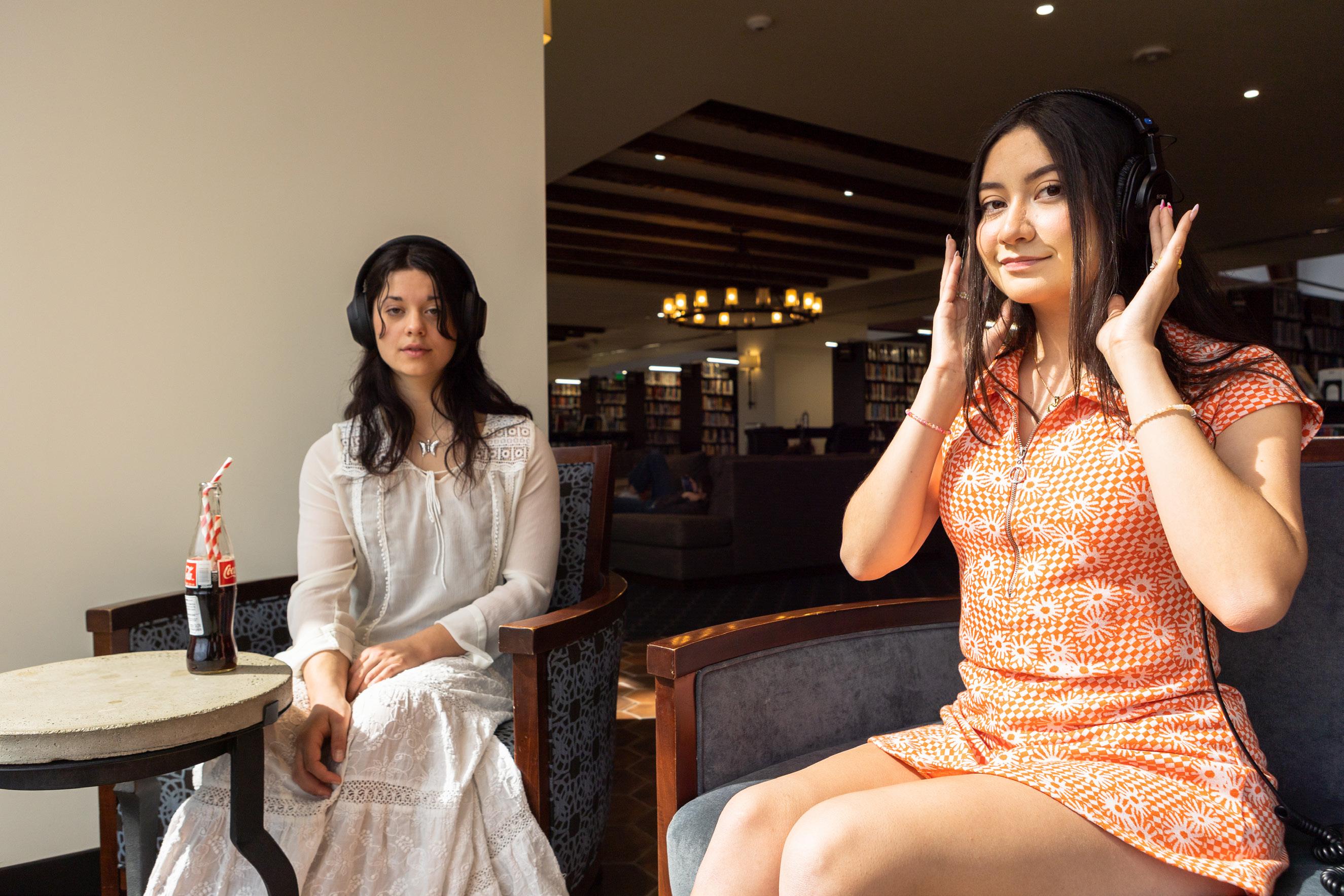
When Nelson first started in the industry, she said she created a social media presence to share her love and talent for music, which eventually landed her a spot in Citizen Queen.
The girl group also utilizes YouTube to boost their career — posting music videos and covers — which led to attention from mega pop stars, being able to perform alongside Pentatonix and amassing about 211,931 monthly listeners on Spotify.
“The exponential [growth] factor that happens [with social media] really has the power to change someone’s life,” Nelson said.
The COVID-19 pandemic put Citizen Queen’s plans on hold, Nelson said, so she resorted to posting on TikTok to show her songwriting and production process, as well
as covers and freestyles.
It was during this time Nelson said she experimented with and expanded her skill set while connecting with other musicians and viewers.
“It [was] really cool to see the response,” Nelson said. “Not only was I building this ability, but I was building my confidence in my abilities — and to see such a positive response to my writing was very validating.”
Portal to a World of Music
Just as social media promotes the growth of rising artists, it also exposes music listeners to a whole new world of music.
Lanese has discovered a plethora of new music and artists through social media, specifically TikTok — which she said is a big influence on her music taste.
Social media gives music lovers the ability to discover new music with a click of a button, and while Lanese said she loves this aspect, she also believes it can act as a “double-edged sword.”
“[Social media has] definitely exposed
19
[Social media has] definitely exposed me to a lot of new music, but it's had the opposite effect also.
Francesca Lanese
Former KWVS DJ, First-Year
Sofia Reyes and Cat Davis, Payson Library
me to a lot of new music, but it’s had the opposite effect also,” Lanese said. “I’ve been turned off of music just from hearing it over and over again when I’m on TikTok or Instagram.”
Lanese said the overflow of music content can be overwhelming. In the same way, Nelson said she understands how hard it is to make a fan out of someone.
There are a lot of steps a viewer has to go through to actually become a fan, Nelson said. They have to watch the artist’s video, click their profile, click their follow button, go to their Spotify profile, then listen to their catalog and, by the end of it, hopefully, become a fan.
“You lose people along the way, but when the truth shines through, people are willing to endure that [process] for a bit,” Nelson said.
Power to the Fans
Safiri said one of the best parts about social media is it bridges the gap that once separated an artist and their fans — making the artist more personable and the music more tangible.
“It’s able to create a fan base that maybe we wouldn’t have been able to reach 20-30 years ago,” Safiri said.
Safiri said social media gives power to the people. Processes like 'The Shazam Effect' allow record labels to take in and analyze data in order to create the music fans want, according to a 2014 Atlantic article.
The data Shazam provides offers record labels insight into what the public’s wants and needs are in music. Data also allows record labels to be on the lookout for artists who are under their radar but popular among audiences, according to the article.
“The industry doesn’t control everything anymore, which is awesome because it gives more power to the people, which makes our
jobs more authentic,” Safiri said.
On the downside, Safiri said social media makes it hard to sign an artist based on heart; rather, it has become a conversation of who is more marketable and has an established presence.
The Art in Authenticity
In the conversation of social media, music listeners oftentimes question the authenticity of one’s internet presence. While Safiri said she believes TikTok has helped bring authenticity back to the way musicians present themselves, consumers of music content — like Lanese — believe some musicians are now creating music for the purposes of engagement.
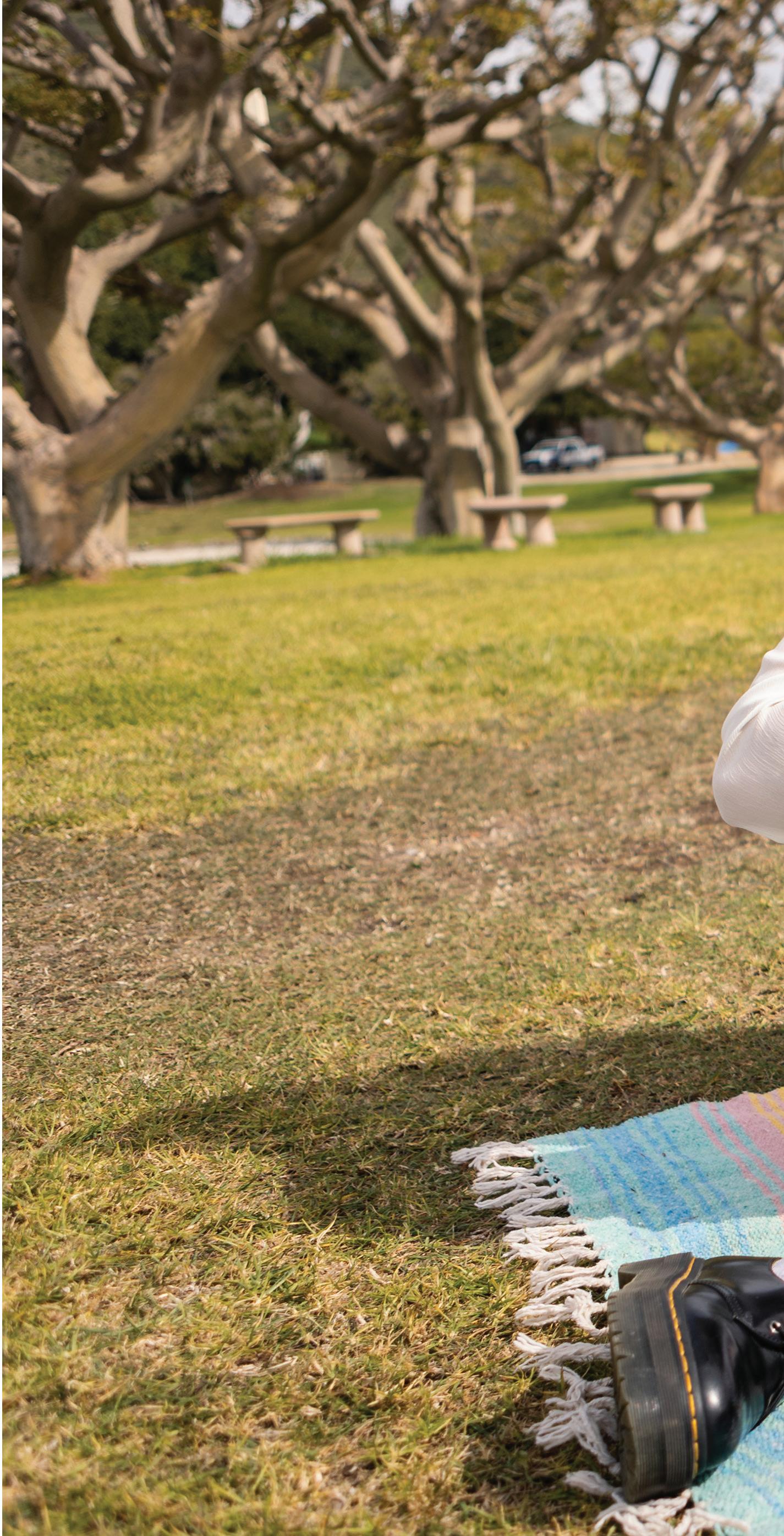
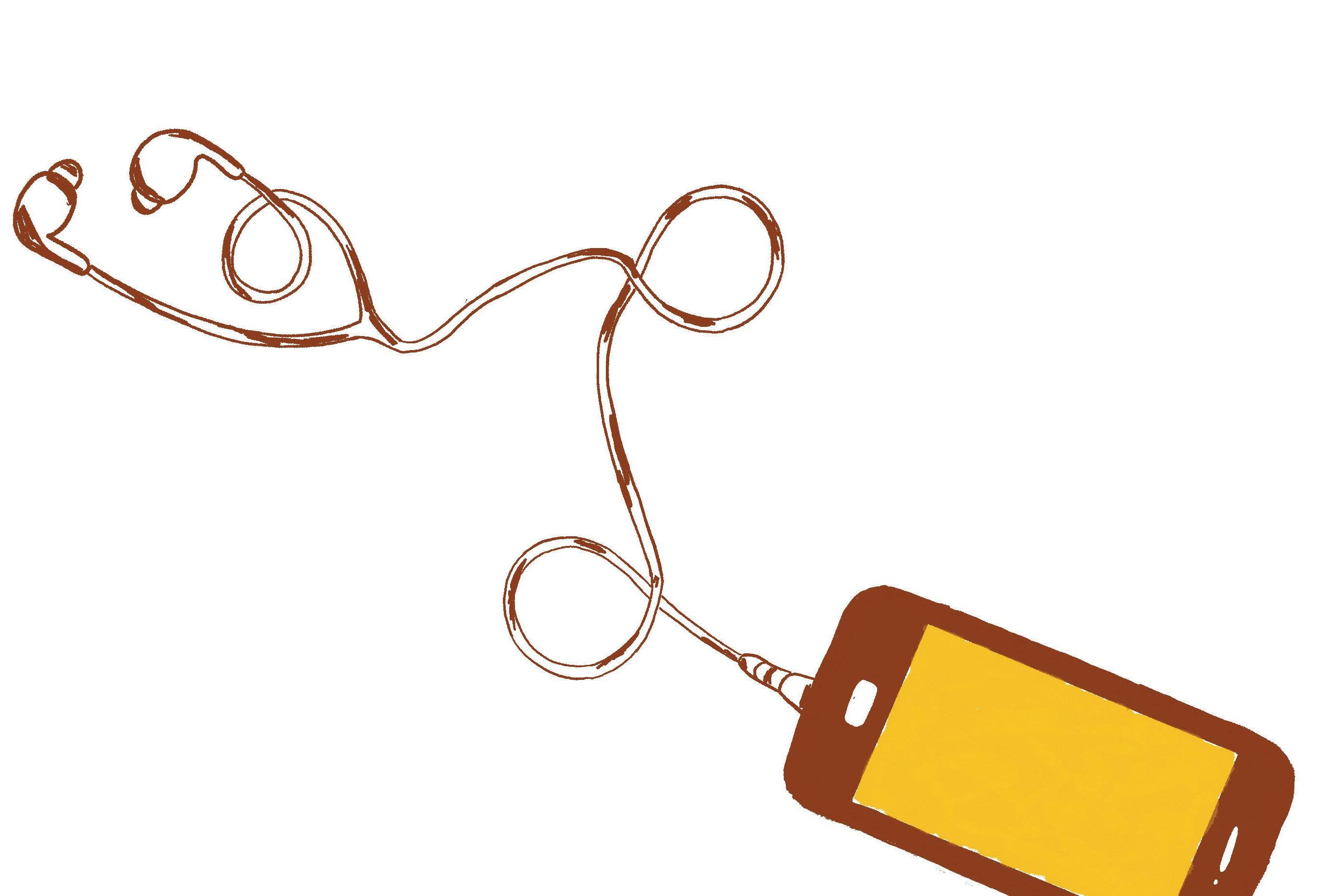
However, Nelson said music is honest, so regardless of what social media dictates is good for business, she is going to create the art that is true to her.
“There was a point where we were in the studio and were like, ‘Oh, we should make something TikToky,’” Nelson said. “Then that started to turn into [us] compromising what we really wanted to make. [It] put us in a box, and I realized regardless of how something gets discovered, it’s going to be something authentic.”
Nelson believes when music is created through passion, an audience will recognize and appreciate it for what it is — even if the music goes outside of what the data reveals as “hit-worthy.”
“What is true will shine through at the end of the day,” Nelson said.
20
ABOUT THE AUTHOR

Yamillah Hurtado is a junior Journalism major with a minor in Multimedia Design from Los Angeles. She has been a PGM staff member since her first semester at Pepperdine and now serves as co-copy chief and special edition assistant editor.
Music has always been a part of Hurtado’s life — it is how she expresses herself and connects to others. Singing, sharing music and making playlists — either for personal use or for her KWVS radio show “i don’t know, shazam it!” — brings her immense joy. Hurtado hopes to work as a music journalist and bridge the gap between the artist and listener.
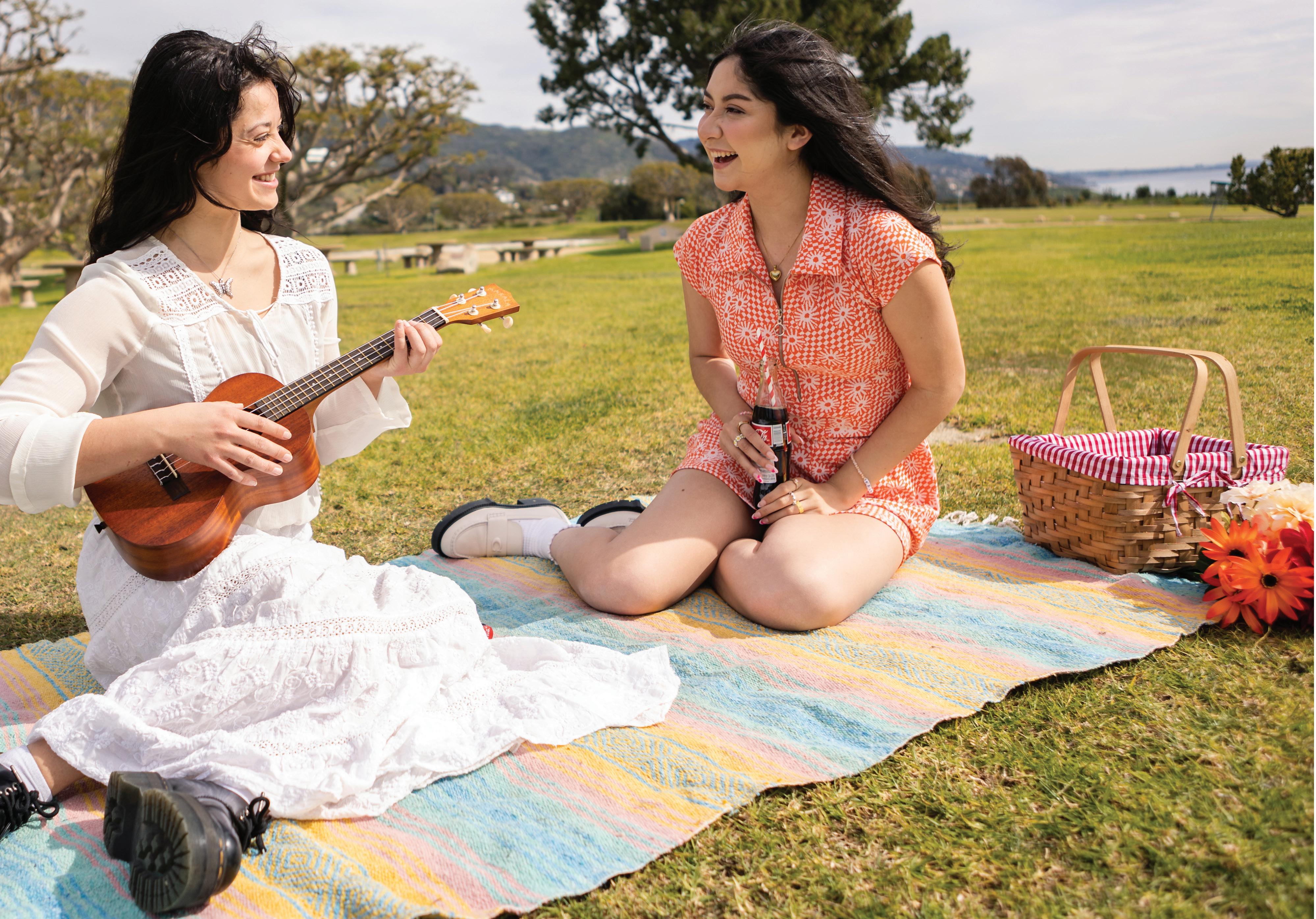
21
Sofia Reyes and Cat Davis, Alumni Park
THE UNPLUGGEDEXPER I
Different listening formats: Listen to the past
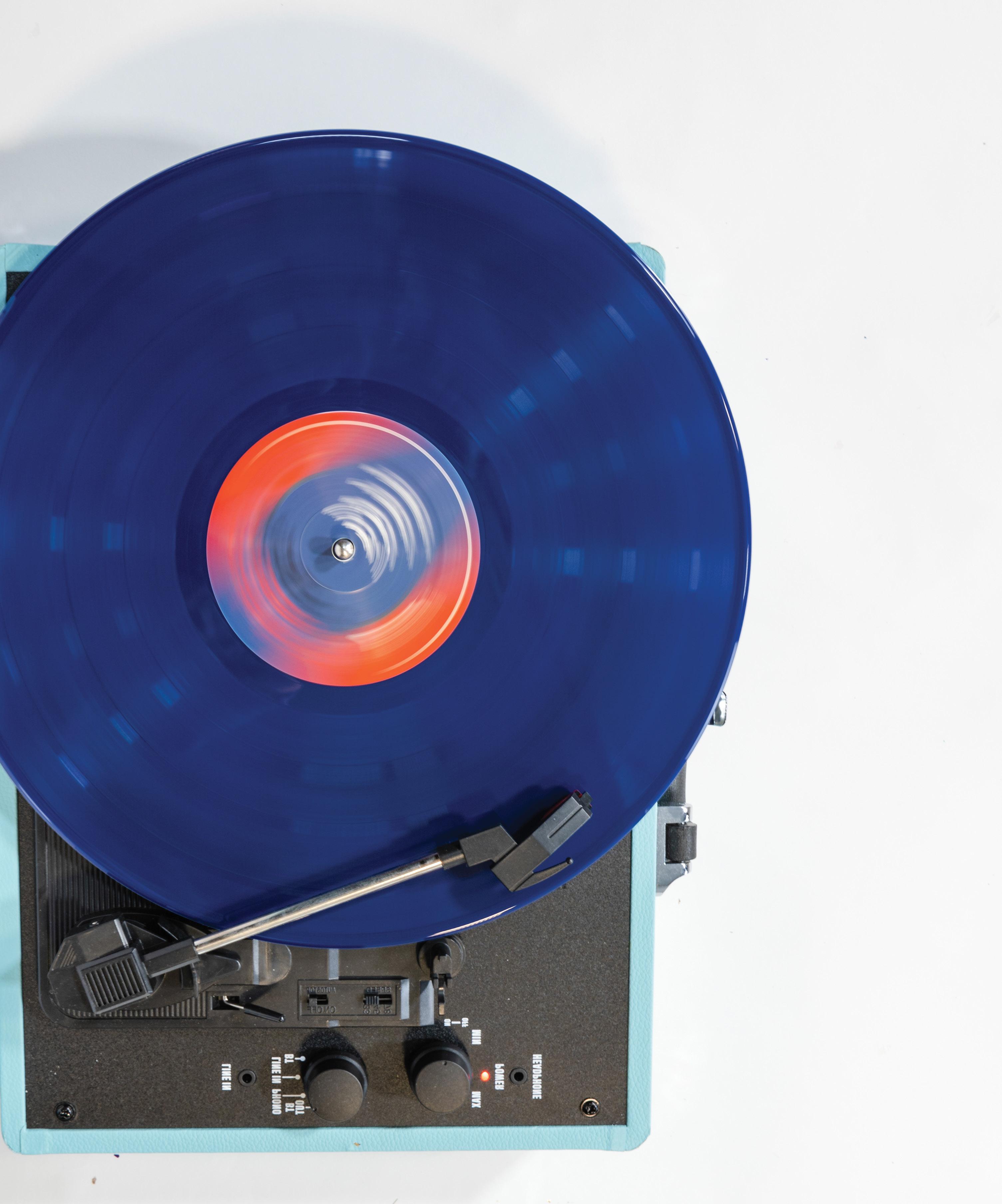
E ECN
Streaming music: *record scratch* you’re probably wondering how we got here, and for that, let’s take a look at the past.
Nowadays, 65% of all global music revenue comes from streaming, 19.2% comes from physical formats, 4.3% comes from digital downloads and the remaining 11.5% comes from performance rights and synchronized usage in advertisements, film and other media, according to the International Federation of the Phonographic Industry’s 2022 Global Music Report. While it’s obvious from the data that streaming is the most popular format, it is not the only one, and the numbers reflect that physical formats still have a fanbase.
“People like things that they can hold” said Chris Gartner, general manager of the biggest independent record store in the world, Amoeba Music, on Hollywood Boulevard. “It speaks to something much deeper than just records.”
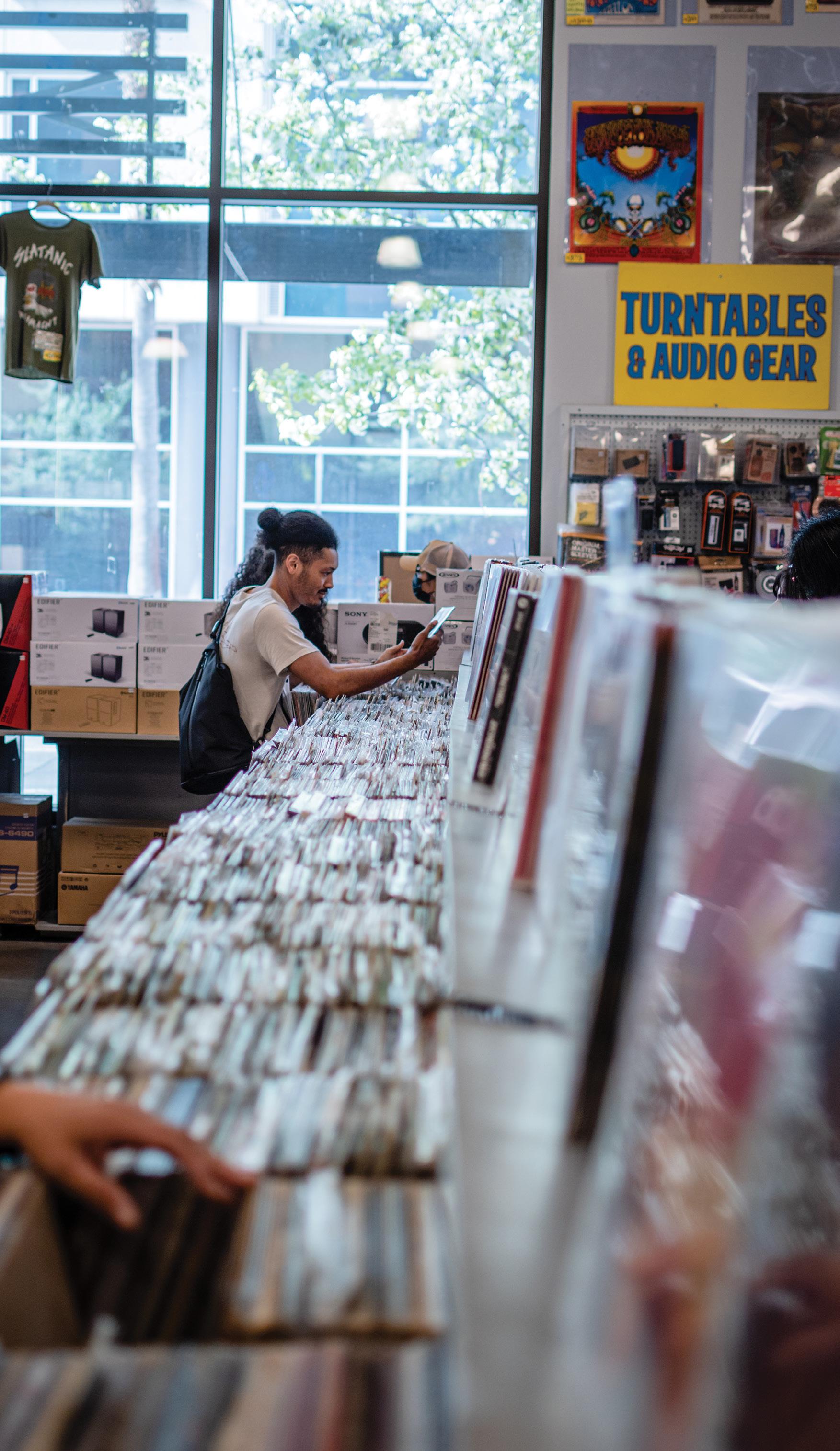
Streaming Services
Streaming services started popping up in 2005, according to Mixdown Magazine. Pandora was the first, followed shortly by Spotify in 2006. In a mere seven years, Spotify gained over 200 million listeners, and, to this day, it is the number one music streaming service in the world with over 350 million users, according to CNN.
Both artists and listeners have criticized streaming over small payouts that aren’t profitable for artists, lack of musical ownership and high subscription costs. Jay-Z, Neil Young, Taylor Swift and many others have shared criticism along these lines. Still, streaming continues on — in large part because of its easy accessibility to both listeners and young artists, according to an article from NPR.
“They’re not going to jump ship and change to a different streaming service, or to CDs, or whatever, just for your one song,” said Michael Zeta, Riverside-based musician and sound engineer. “So, just as a small artist, I’m grateful just to be on Spotify competing with the best of them.”
photos by Lucian Himes words by Joe Allgood
23
Amoeba Music, Hollywood, Calif.
Before the small ‘stream’ turned into a raging river, a group of audio encoding experts called the Motion Picture Experts Group introduced the world to the digital format known as the MP3 in 1992, according to an article from NPR.
For all the ‘90s kids out there, the names “Napster” and “LimeWire” probably ring a bell. Napster was the early pioneer of online music downloads, having over 21 million users at the time of its shutdown in 2001, according to Mixdown Magazine.
The Recording Industry Association of America and musical artists Metallica and Dr. Dre brought lawsuits against Napster for illegal pirated tracks. Despite legal troubles, MP3s showed the world digital music sharing was popular. Not long after, Apple opened the iTunes store in 2003.
Vinyl
Before streaming, there were CDs, and before them, casse e tapes — also 8-tracks, if anyone remembers what those are. One step further, and the world gets the “long-playing vinyl record,” also known as vinyl.
“I love the sound of vinyl — there’s a different feel when you play vinyl,” sophomore
Hali Olefice said. “Obviously, I’m not going to carry a record player with me everywhere I go, but if I could, I would.”
Olefice said vinyl offers a charm that can’t be found anywhere else. Junior Will Holewa said there’s a certain novelty to vinyl and enjoys just watching the record spin.
Gartner said he has seen a significant boom in vinyl sales the past decade. Especially as Generation X and Millennials got older, Gartner said they were searching for the nostalgic feeling they remembered growing up.
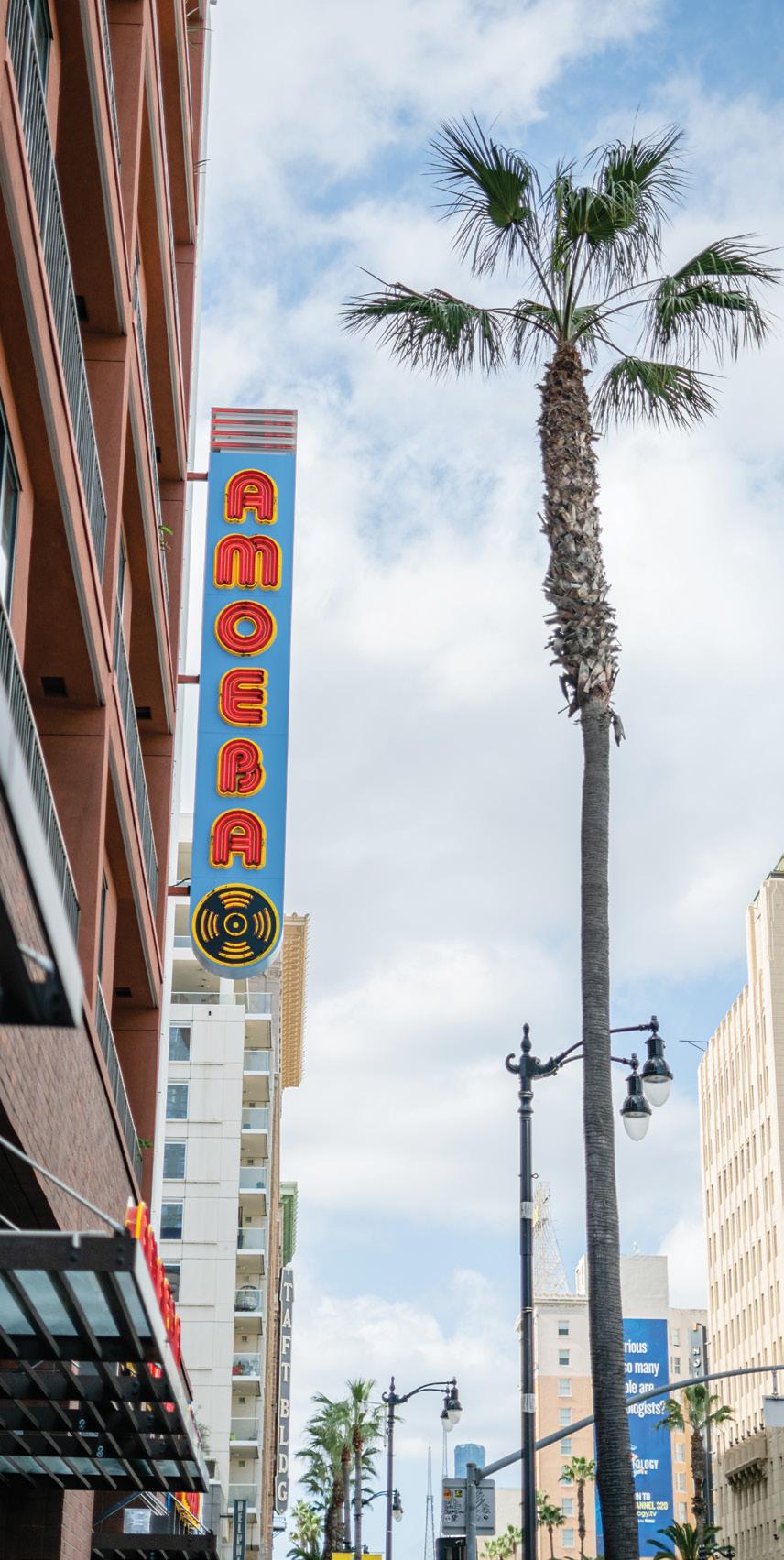
During the initial COVID-19 pandemic lockdowns, Gartner said he noticed a new demographic coming into the store.
“On our grand reopening day, I could not believe how many teenagers were in our line,” Gartner said. “I was expecting to see a lot of familiar faces from our old store, but what I saw was a completely new customer waiting in line to come in and buy vinyl.”
Gartner said he a ributes new customers to an increase in vinyl promotion on social media, as well as a realization that analog formats offer a completely different listening experience. What used to be the smallest selling section of the store when it opened in 2001 was now the dominant format.
Records that would have been found in the $1 bin 20 years ago are now selling for $20 or more, Gartner said.
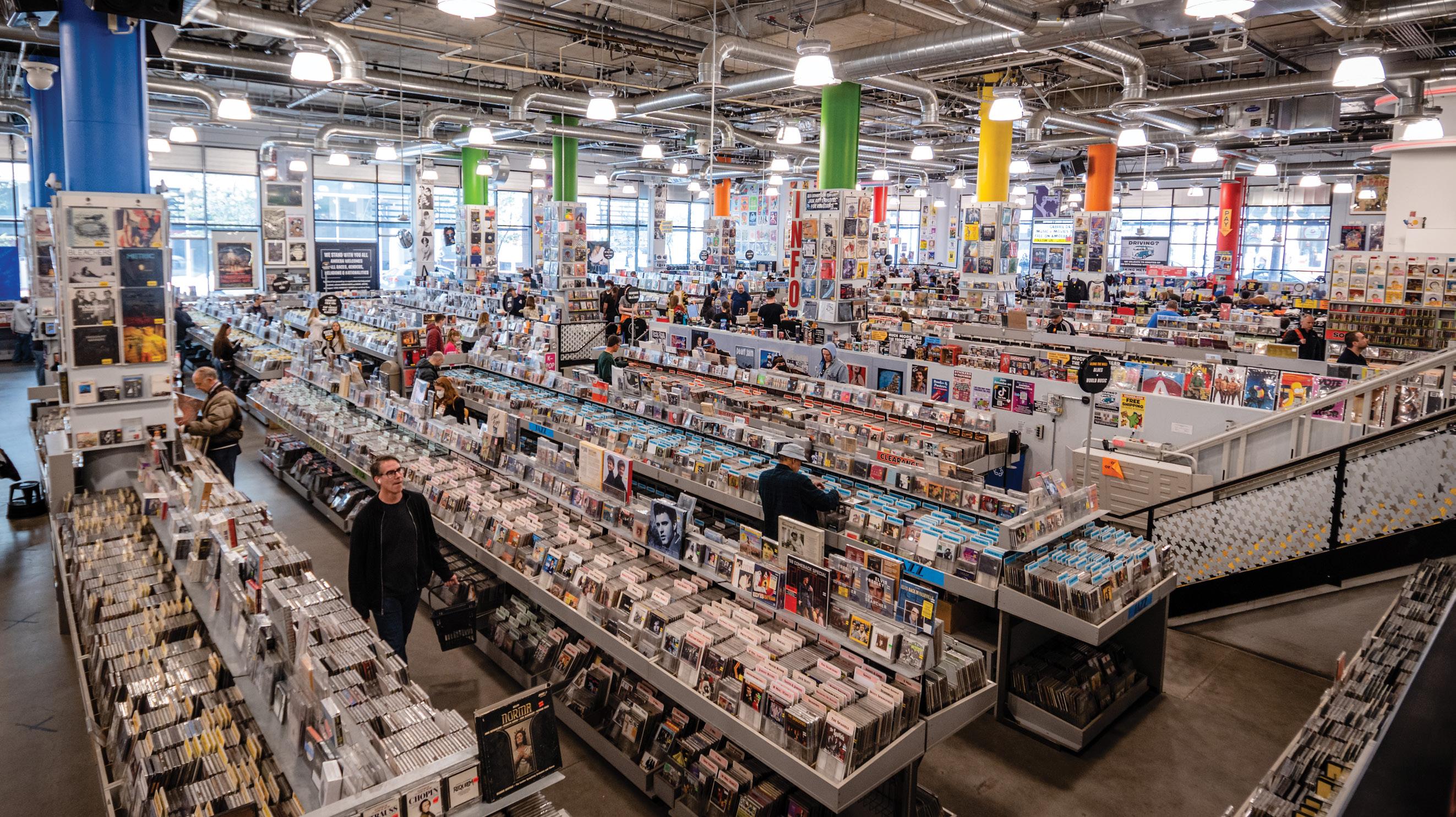
MP3s
24
Amoeba Music, Hollywood, Calif.
CDs, Casse e Tapes and Radio
Other formats have not seen quite the comeback vinyl has, but there has been some interest. For instance, Gartner said CDs still have a consistent base, largely because many people still have CD players in their cars or prefer the lower price to vinyl.
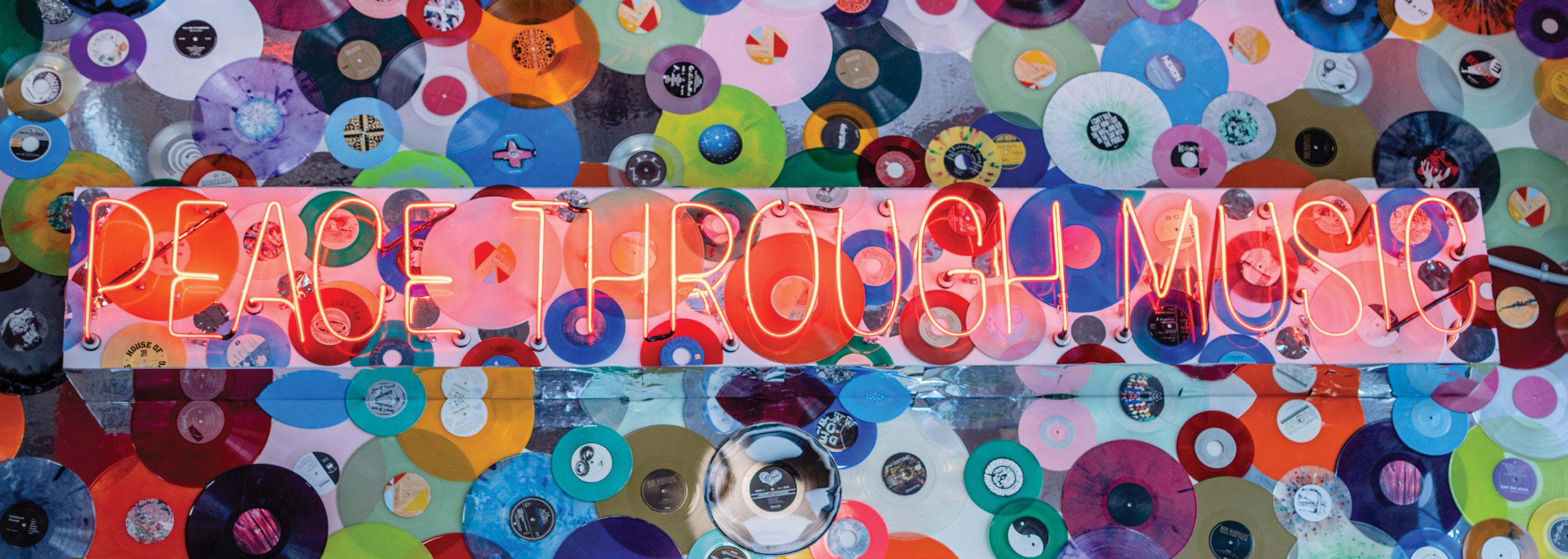
As for casse e tapes, there is an increased interest, with artists like Billie Eilish, Lady Gaga, The Weeknd and more making limited
casse e releases. Over 300,000 new casse es were sold last year, and sales have increased every year since 2019, according to Rolling Stone.
“The thing that we can’t understand about the casse e resurgence is when you have a casse e, you still have to fast forward and rewind,” Gartner said.
Finally, who can forget — listening to the radio.
“It just brings a whole different feel and breaks up just listening to music back to back to back,” Holewa said. “And you get to learn stuff. You learn a lot of fun facts.”
Analog Appeal
Whatever the format is, Gartner said the interest in analog has to do with a detachment from modern digital music formats.
“My personal opinion is that there is a realization that unplugged experiences are deeper experiences,” Gartner said.
These other formats also present an opportunity for fans to show their love.
“If you fall in love with an artist, there’s really only two ways that you can get close to that artist,” Gartner said. “The first one is to go see a live show. But the second one is, you own their music.”
From an artistic point of view, having to listen to an album in its entirety without skipping or shuffling helps convey the message the artist intended, Zeta said.
People seem to return to the experiences they are comfortable with, nostalgic for or that are plain different, Gartner said.
“I’ve spent years being told by customers that I was going to be out of a job one day, because downloading and streaming is going to shu er every record store in the world, and yet
here we are with vinyl sales being higher than they’ve been in decades,” Gartner said. “It’s a testament to this knowing that unplugged experiences have value.”
ABOUT THE AUTHOR
Joe Allgood is a junior Journalism major from Wheaton, Ill. He has written for the Graphic and Currents Magazine and has been a part of NewsWaves 32 all three years at Pepperdine. Allgood’s favorite musical genres include funk, jazz, ‘80s rock & roll, power metal, outlaw country, R&B, rap and much more — you can often find him listening to these on headphones, through his stereo or on vinyl. Allgood plays the cello, bass and harmonica, and he sings in the six-person a cappella group Won By One.
If you fall in love with an artist, there’s really only two ways that you can get close to that artist. The first one is to go see a live show. But the second one is, you own their music.
Chris Gartner
25
General Manager of Ameoba Music
Amoeba Music, Hollywood, Calif.
MALIBU THOUSAND OAKS SAN FERNANDO VALLEY INGLEWOOD BURBANK HOLLYWOOD LOS ANGELES SANTA MONICA LONG BEACH
1 7 2 6 8 4 3 5 10 11 13 12 9 18 26
FIND YOUR LOCAL RECORD
ALLSALES VINYL
1. Record Outlet, Thousand Oaks
Thousand Oaks San Fernando Valley
2. Deadly Wax, Chatsworth
3. CD Trader, Tarzana
4. Freakbeat Records, Sherman Oaks
5. Atomic Records, Burbank
Los Angeles/Hollywood
6. Supervinyl, Los Angeles
7. Amoeba Music, Hollywood
8. Rockaway Records, Los Angeles
9. As the Record Turns, Hollywood
Santa Monica
10. Angel City Books & Records, Santa Monica
11. Record Surplus, Los Angeles
Long Beach
12. JDC Records, San Pedro
13. Grand Emporium Music-Books-Movies, San Pedro
San Gabriel Valley Rancho Cucamonga
14. Kaos Records, Covina
15. Rhino Records, Montclair
16. Penny Lane Records, Upland
Orange County
17. White Rabbit Records, Fullerton
18. Factory Records, Costa Mesa
19. Rasta-Cowboy Records, Tustin
PASADENA RANCHO CUCAMONGA ORANGE COUNTY SAN GABRIEL VALLEY Huntington Beach ANAHEIM STORE 14 17 19 15 16
27
the voice an instrument of connection
photos by Lucian Himes
words by Liza Esquibias
Music makes people joyful — this is a scientific fact. When a human hears someone sing, their body releases dopamine in response to the vocal vibrations, according to Pfizer.
Choosing to use one’s voice in the form of music is choosing human connection, local artist Brigi e Purdy said. Everyone has a voice, she said, but the ability to use it in a meaningful way is a gift not everyone takes advantage of.
“Singing is the ability to use your words and your voice — share your truth, your vulnerability, and to lift somebody up and bring them joy, bring healing,” Purdy said.
Finding a Voice
Purdy, a singer, songwriter and radio show host for KOCI, said she started training her singing voice when she was 9 years old.
Singing skills can come from both genetic and environmental factors, according to Science Direct. Purdy said although no one in her family was a musician, the art of singing came naturally to her.

“It always existed within me,” Purdy said. “I never knew life without being able to sing.”
Her mission was then deciding how she wanted to use her voice, Purdy said.
“I said, ‘Lord, you’ve given me a voice, what do you want me to say? How do you want me to use this voice?’” Purdy said.
28
Joshua Corey, Alumni
Park
First-year classical singer Joshua Corey said he also does not come from a musical family and began as a musical theater performer before transitioning into the opera and classical sphere.
“For me, music is not just a creative outlet, but it’s a way to personify myself,” Corey said. “I let music embody my emotions, and I let music still me in a way that other forms of expression and communication don’t.”
Like Purdy, Corey said singing is a way he fosters deeper emotions within himself and the people around him. Pepperdine Voice Instructor Meredith Pyle said this feeling is universal.
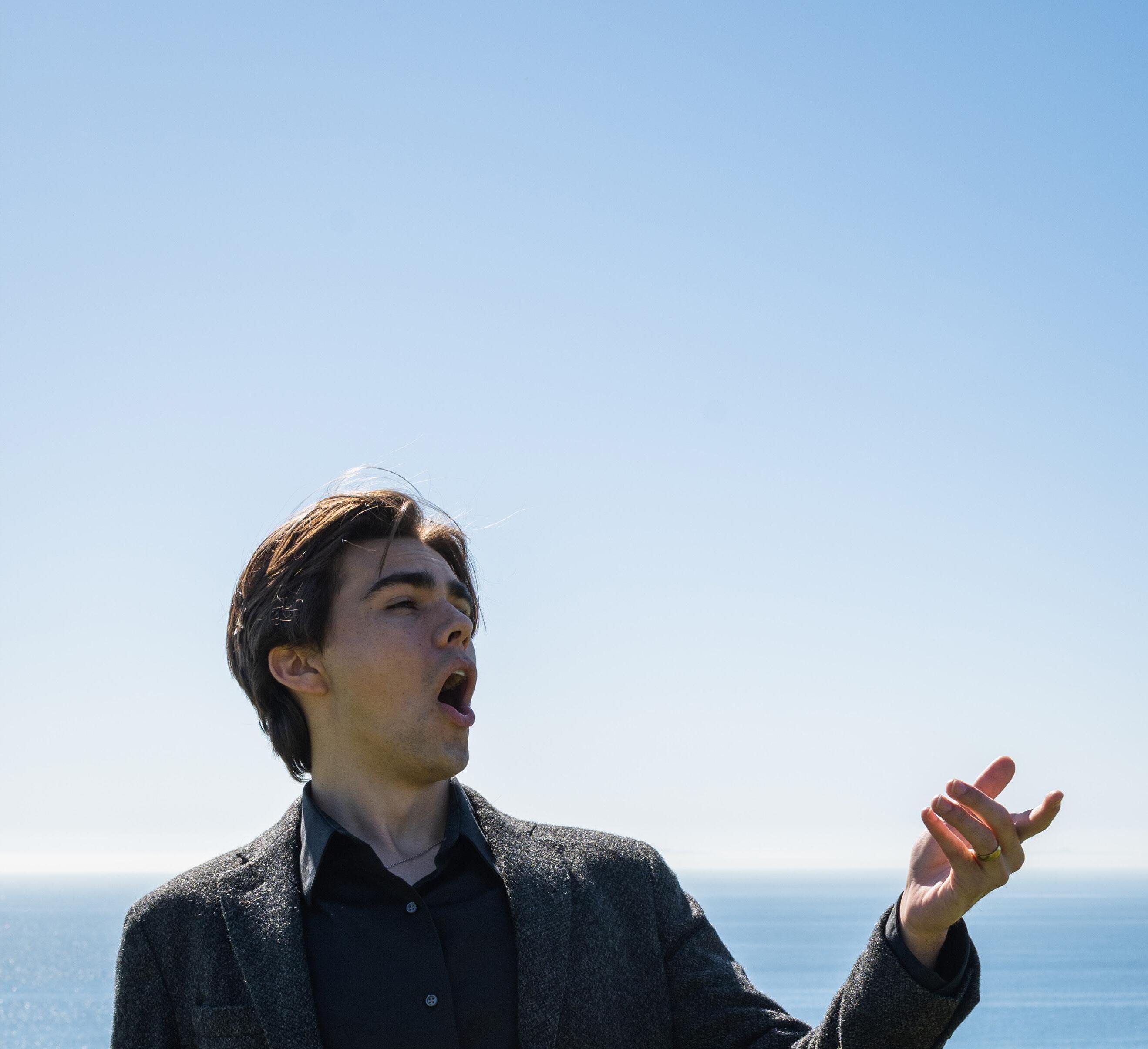
“The voice is one of our deepest connections with ourselves, and it’s the primary form of connection both with ourselves and with others,” Pyle said.
Developing the Voice
The development of a voice goes beyond how it sounds, Pyle said. It is largely about the message the voice is conveying and the intentions of the artist.
“It’s not just how you sing; it’s why you sing,” Pyle said.
Pyle said music is generally thought of as an outside source of sound, but the voice is a unique aspect of music, it is internal.
five tips to sing well
by Brigi e Purdy
Embrace your voice as it is first, then strengthen and train it.
Tap into your unique life experiences when singing.
Songs tell stories, so remember a time that can help you relate to the song you are singing.
Sing freely and uninhibited — allow the music to guide you.
Take
“There’s something very human about the voice and how we feel the voice,” Pyle said. “Unlike other instruments, the voice is inside of our bodies.”
Anyone can develop their voice because it comes from within. Corey said if anyone is willing to put in the work, they can find their singing voice, Corey said.
“Everybody has innate musical talent,”
Corey said. “It just takes the right level of education and the help that you need, and it takes the right level of patience and tenacity.”
It takes around 10 years for an artist to train to become a professional opera singer, according to Careers in Music. Corey had first-hand experience with a serious classical vocal education — he began training with a vocal coach in 8th grade. Soon after, he said
29
Park
Joshua Corey, Alumni
the listener with you on your emotional journey as you sing.
he gravitated toward the technicality of classical singing.
“He [his voice coach] really understood the emphasis of both education in classical repertoire and performance in classical repertoire,” Corey said.
Corey said his decision to a end Pepperdine and further his education in singing was directly related to how he not only wants to share his own voice, but also how he hopes to help others share theirs. His vocal coach as a child, he said, inspired him to pursue this career.
“I realized that everything that he had given me dates back to 1,000 years, or 500 or 600 years of education and focus,” Corey said. “I felt that it was really necessary for me to continue down that path and be able to not only add my own expertise and focus and study it, but educate others in the same ideology.”
Beauty of the Voice
The physical connection singing creates with the listener is what Purdy said she enjoys most about singing and songwriting.

One of Purdy’s favorite songs she has wri en is for her children, called “Be the Light.” It greatly impacted her kids, but Purdy said it also meant a lot to a friend who was going through a difficult time. He woke up every morning and listened to the song, which Purdy said gave him hope when going through daily challenges.
“Many people can relate to these stories,” Purdy said. “That’s also part of how I use my voice.”
Corey said, as a classical artist, he sees beauty in the sounds a voice is capable of
making, but in order to achieve that level of beauty, he said one must first be in tune with themselves.
As for what separates classical music from other genres, Corey said he thinks it brings together the most beautiful and unique aspects of the voice.
that everyone loves, and that is the best part about it.
“There’s just something very human about the voice — and how we feel the voice,” Pyle said.
ABOUT THE AUTHOR
“Classical repertoire has a certain grandiosity that some other pieces and styles of music don’t have,” Corey said. “There’s a higher level of extreme emotion and emphasis on human nature that some other art forms don’t fully emphasize, or don’t fully explore to the level that classical music, and therefore opera, does.”
Corey, Purdy and Pyle all said using their voice brings them joy. In fact, singing is proven to lower cortisol levels — a stress hormone — and release endorphins — which make people happy — according to Sing Up Foundation. This can decrease depression, build confidence and allow for mindfulness, acting as a form of meditation.
Pyle said singing is one use of the voice
Liza Esquibias is a junior Journalism major from Los Angeles. Her favorite type of stories to write are news and features, and she also enjoys broadcast news. Her story goes into detail about the craft of singing and what makes the voice a beautiful instrument. She is excited to tap into the personal stories of these artists and show their passion for music. Esquibias would love to write for a magazine or anchor a talk show in the future.
this is the photo caption. make it short if needed
It’s not just how you sing; it’s why you sing.
Meredith Pyle Voice Teacher
Hannah Sedlacek (left) and Meredith Pyle (right) Pepperdine Music Building
30
PRAISE,PRAYER, PROCLAMATION
THE ART OF WORSHIP MUSIC
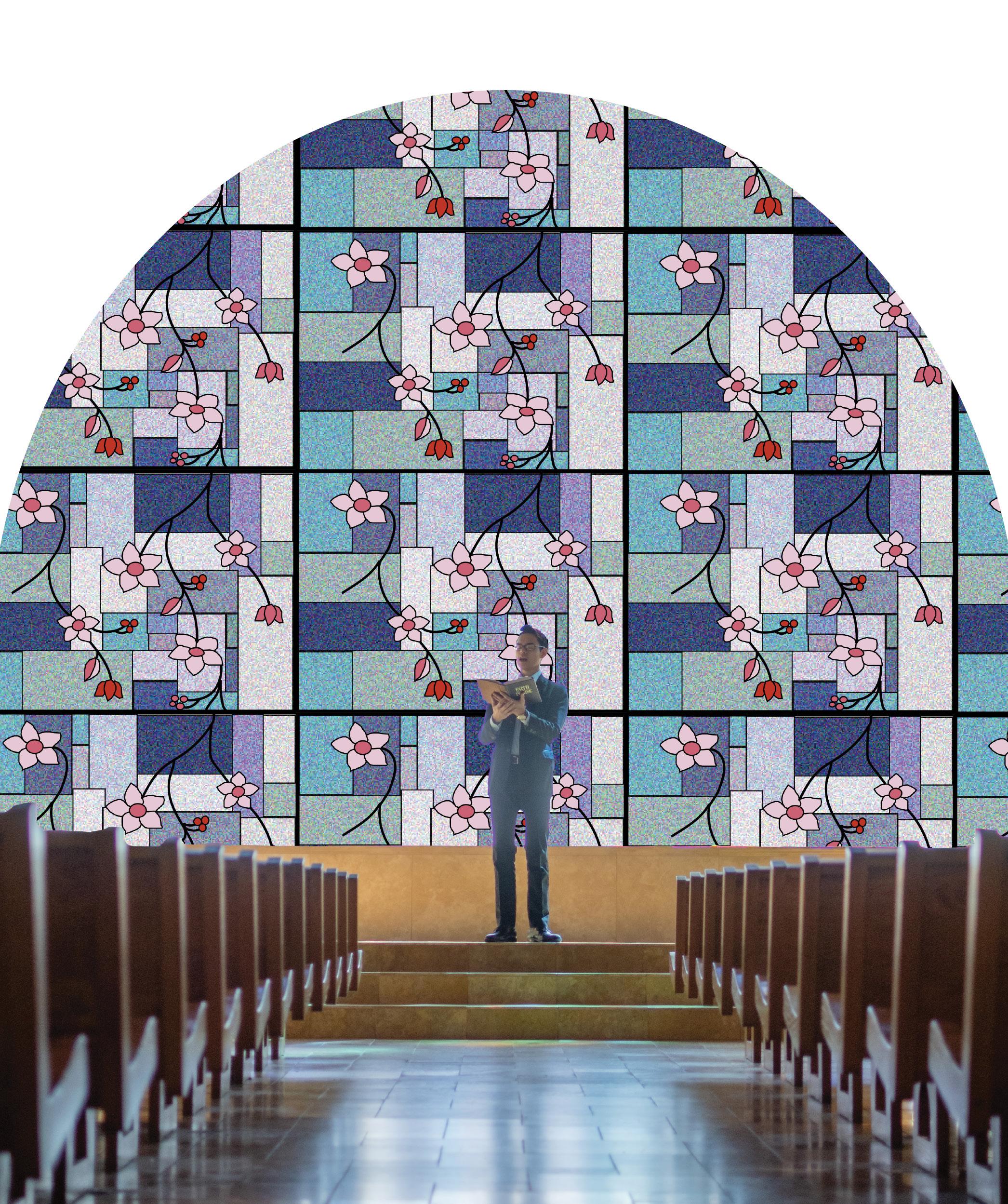
31
John Silva, Stauffer Chapel
Wilt
Worship music — something that can be interpreted in several different ways while taking on personal meanings for different individuals.
Worship is defined as an act of praise, a prayer or a declaration, according to the Gospel Coalition. Worship can be individual or with a community and can help individuals grow in their relationship with God and others.
“Worship music has been one of my main ways to encounter God’s living presence and grow in relationship with Him,” Worship Chaplain Ko Ku wrote in a Jan. 26 email to the Graphic. “I have learned in my faith journey that worship goes far beyond music, but God often utilizes worship music to connect to the hearts of His people.”
The word “worship” was first used in the Bible in Genesis 22:5, when Abraham told his servants to stay put while he went and worshiped. Later in the Bible, the book of Psalms is dedicated to worship — with each Psalm acting as a new declaration or act of surrender, according to the NIV Bible Blog.
One of the earliest forms of worship music dates back to the 7th century, when Pope Gregory I started Gregorian Chants in the Catholic Church, according to Worship Library.
Since then, several denominations have taken different approaches to praise through worship music, whether with instruments, a cappella, chants, hand-clapping or raising hands.
“Whether it’s worship music in the car, practicing for worship services, leading worship or background instrumental worship music to accompany times of devotion and reading scripture, it is all intended to direct us back to Him,” Ku wrote.
For some, worship music is the main way they connect with God and their faith. John Silva, sophomore Music major and music minister at the church Our Lady of Malibu, said he can read, listen to or sing worship music and then apply the lyrics to his own life, ultimately helping him turn his faith from a concept to a reality.
“Music is what really helped me connect with my faith on a deeper level than reciting a prayer or things like that,” Silva said. “I just understood music. I feel it more.”
Silva said worship music is a way to go be-
yond the practical study of music — such as music theory or the study of rhythm and tune. Instead, it is a way to listen to the word of God and connect to what it is teaching you.
“There’s just an unspoken feeling or power that music has to move us,” Silva said. “And that combined with the gospel message — it is a powerhouse.”
Senior Jadyn Gaertner said she had a similar experience — realizing worship isn’t about her but about praising God.
“I’m not doing this for myself anymore,” Gaertner said. “This is actually just for God, and so that was a really cool moment.”
Gaertner started singing worship music her junior year of high school and now sings for The Well, after previously being involved with Celebration Chapel and UCC worship. Gaertner said through her experience of leading worship, she has come to love how it is an opportunity to be unified with everyone around her, all worshiping God together.
“It was a chance for me to just experience God alongside of a whole community who are doing the same thing,” Gaertner said. “Everyone’s singing, and everyone’s just unified.”
Gaertner, alongside many others, said she loves Lauren Daigle and Hillsong. She recommends readers listen to her current favorite song, “Weathered” by Dante Bowe, who played at the fall 2022 Pepperdine Worship Summit.
As a music minister, Silva said he takes scriptures from the readings during each mass and then finds songs that connect to those readings — ultimately working to connect the worship with the message of the day.
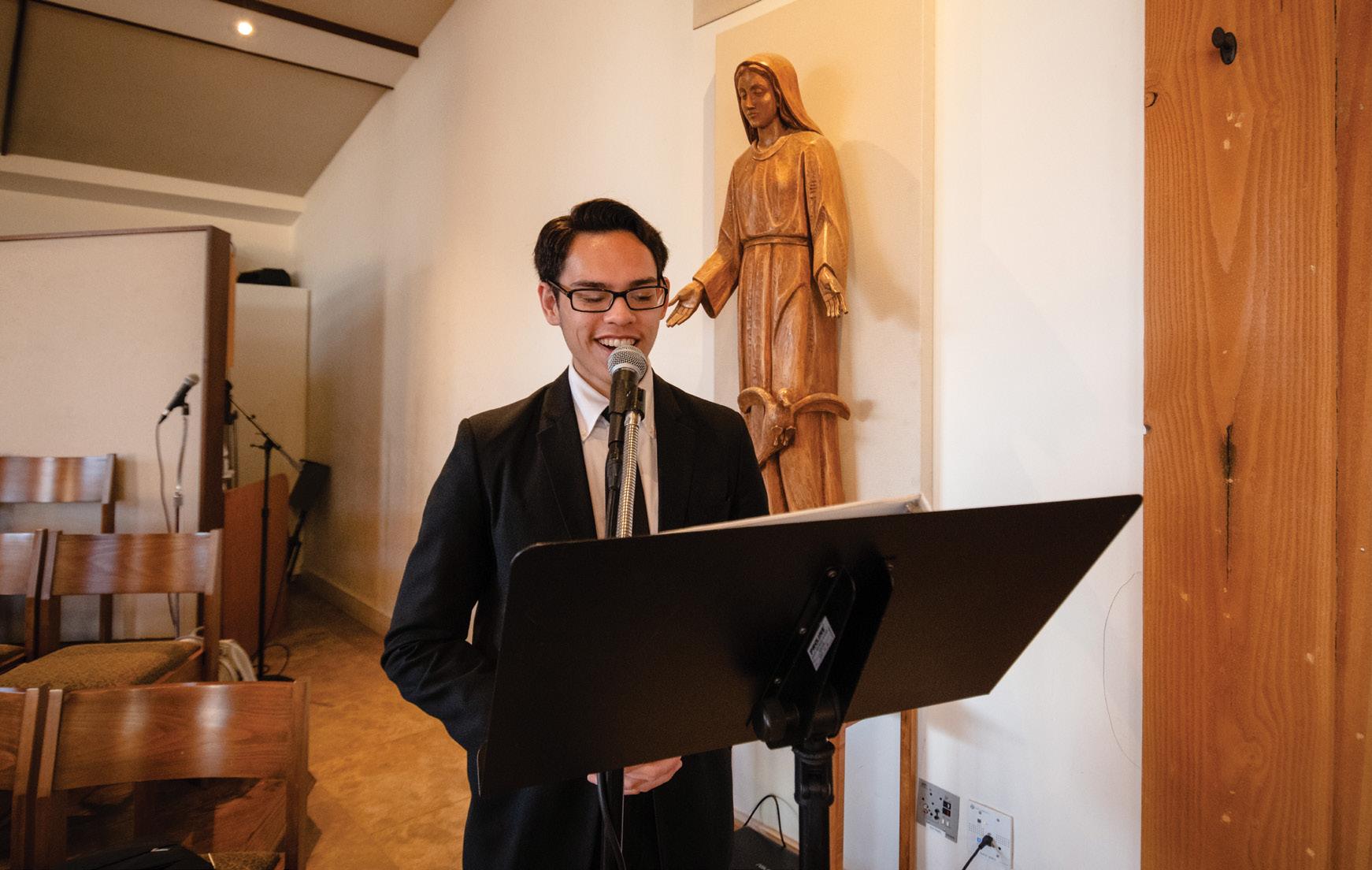
“It’s not about how good I sing; it’s not
about performing,” Silva said. “It’s about spreading the word of God.”
While worship music is a way to praise God, it also allows believers to connect to one another.
Ku, who has been directing worship teams for 12 years and leading worship for 10, wrote worship brings communities together. He said he has seen the Pepperdine worship community gather and sing as an act of surrender.
“Worship has forever changed the trajectory of my life,” Ku wrote.
ABOUT THE AUTHOR
Abby Wilt is the managing editor for the Graphic and a reporter for NewsWaves 32. She is a junior Journalism major and Multimedia Design minor from Wenatchee, Wash.
She wrote this story because of her love for worship music and for sharing stories about people’s faiths and religions.
In the future, Wilt would love to pursue broadcast journalism and continue telling impactful stories to her community.
32
photos by Lucian Himes words by Abby
John Silva, Our Lady of Malibu
TREAT ARTISTS WITH KINDNESS:
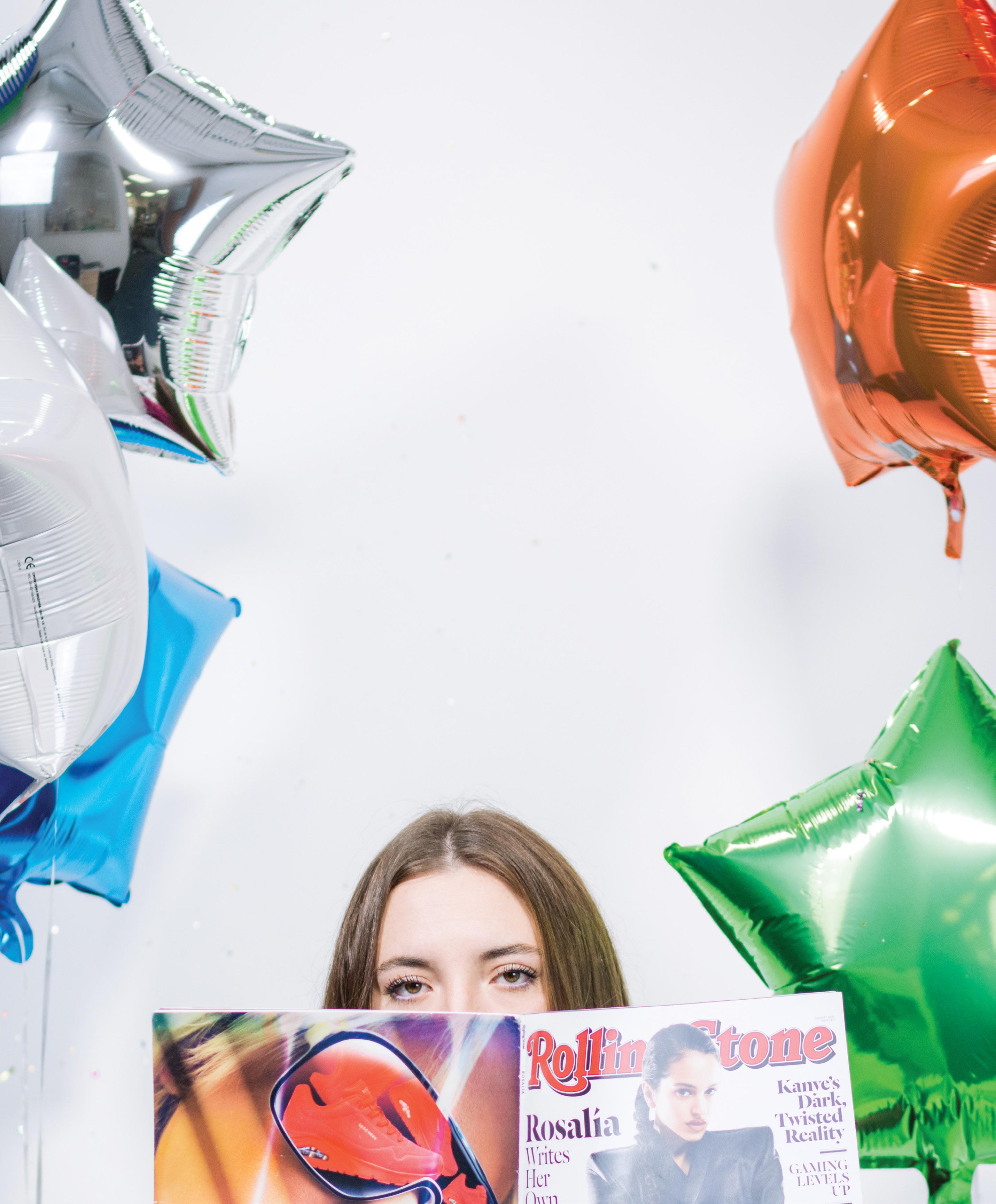
Pop stars navigate societal expectations
photos by Lucian Himes
words by Addison Whiten
When people think of a pop star, they may think of Harry Styles selling out 15 nights at The Kia Forum, Beyoncé’s 32 Grammys or Selena Gomez’s 380 million Instagram followers.
While they enjoy making art and performing, musicians said there are challenges today’s pop stars face in both their work and personal lives. These issues range anywhere from Madonna facing public speculation and criticism about her appearance to hip-hop artist DOT accusing Ariana Grande of stealing songs.
A lack of privacy, pressure to use social media and hindered musical creativity may prove challenging for them, but through it all, junior Spencer Williams said big fans like himself still connect to who they are and their work.
“They’re artists, and they’re trying to change people’s emotions and lives,” Williams said.
33
Jaclyn Wishard
Maintaining a Public Image
Celebrity status is both a challenge and a privilege. It affords many opportunities to artists, but it also means they’re always in the public eye, said Jon Pfeiffer, Communication professor and entertainment lawyer.
“What you do matters because if you are a celebrity, you’re being watched by somebody,” Pfeiffer said.
Pfeiffer said many people don’t realize just how limited privacy becomes once one achieves a certain level of celebrity.
“Short of somebody following you into a bathroom, you don’t have a right to privacy,” Pfeiffer said. “The idea that a celebrity could stop a paparazzi from taking a picture when they’re on the street, that doesn’t hold up.”
Some artists experience the most scrutiny from their own fans. Williams said he’s seen firsthand how obsessed fans can get about their favorite pop stars’ personal lives, such as Taylor Swift’s fans — “Swifties.”
“It can be a little bit damaging to the sanctity of these people’s lives because they are people too,” Williams said.
L.A.-based recording artist PIAO said never-ending attention from the public puts stress on many artists to curate their image and be mindful of how they present themselves.
“For a lot of people, they like the separation of who they are off camera and then who they are when they’re doing music, almost like an alter ego,” PIAO said.
While some artists create a version of themselves to present to the public, PIAO said she prefers to stick to authenticity and focuses on managing herself without the pressure of a hyper-curated image.
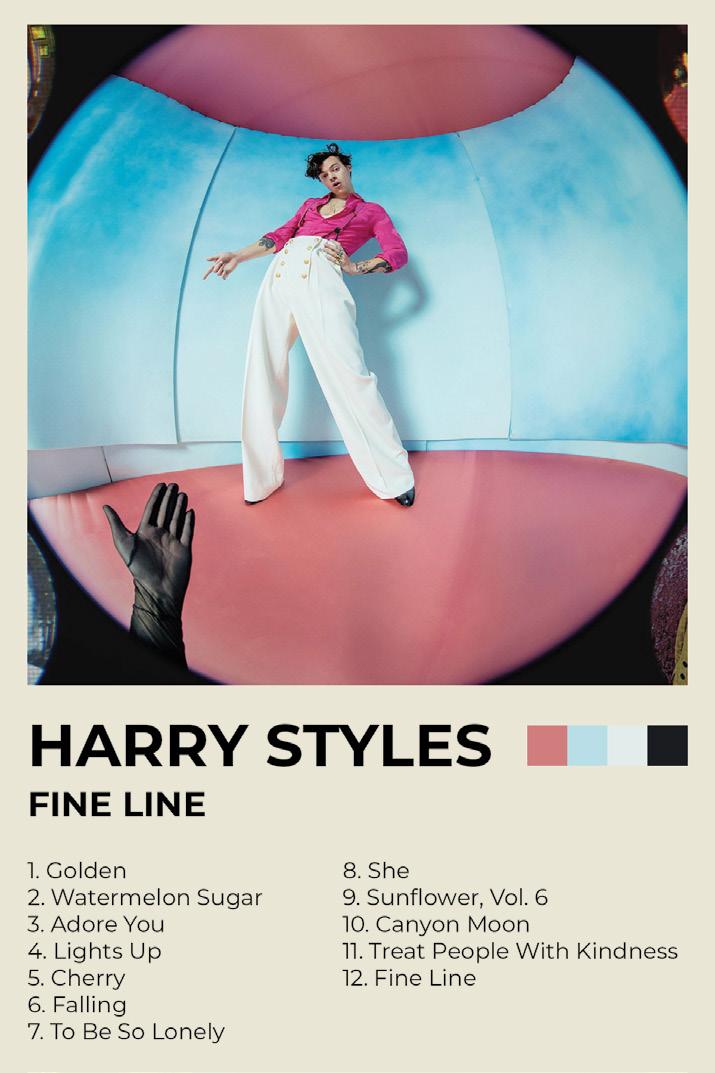
“I’m just not super focused on maybe an aesthetic or like a colorway,” PIAO said. “I’m more so focused on an overall feeling of just wanting to actually connect with people that may have never met me in person but through my music.”
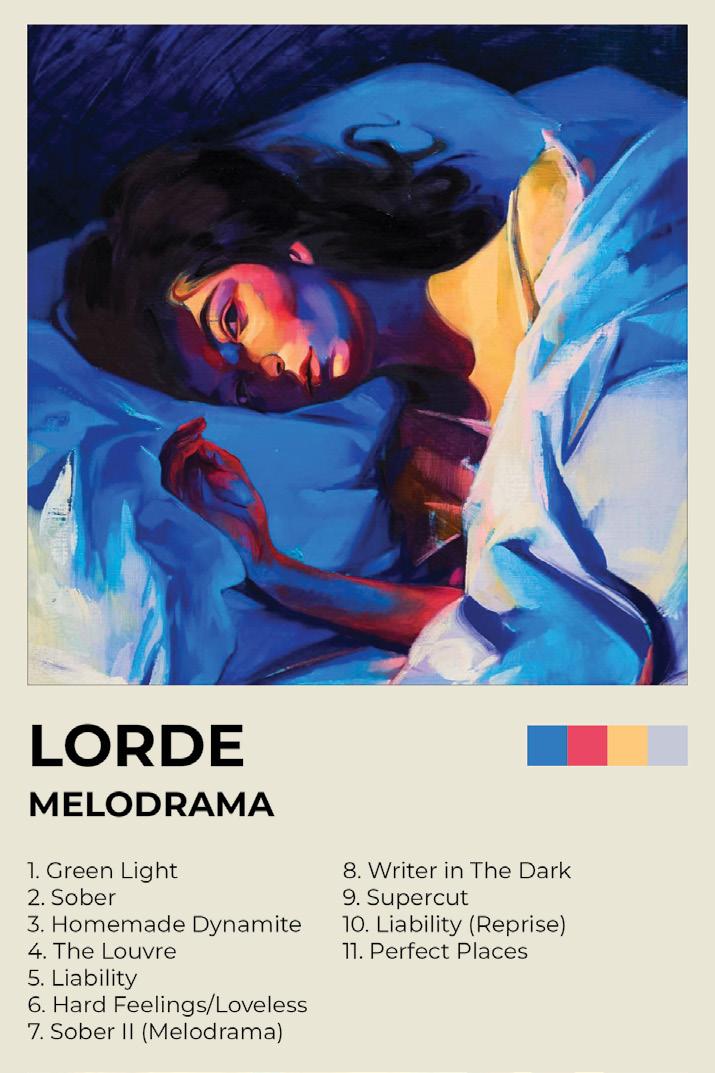
The Realities of the Creative Process
Professional musicians may make art for a living, but there are also practical matters they have to deal with, said JEJ Vinson, L.A.-based professional musician and member of the group Sheer Element. He said one challenge of the music business is navigating the flow of work coming in.
“There’s kind of this insecurity with the consistency of it,” Vinson said. “You could have a lot of gigs right now, and then next
month it could be kind of dead.”
Vinson, who competed on season 16 of “The Voice,” said there are times when making music feels “corporate” or creatively limiting, particularly when he’s working under someone else’s vision.
“A lot of times when I’m working for other contractors in the studio, and I have to sing a song or a background vocal in the track that is in a style that I’m not used to, it feels more like work for me than something creative that I really, really want to do organically,” Vinson said.
An artist’s creative vision is sometimes also limited by the law. Jack Harlow’s number one hit “First Class” uses snippets of Fergie’s “Glamorous” throughout — a technique known as sampling. Pfeiffer said if a musician wants to use a sample in their music, they must get proper approvals and legal clearances.

“When advising a musician, there’s a tension between the creative, artistic side where the singer-songwriter wants to do what they want to do, and there is the legal side where I can tell them my opinion on what the risks are,” Pfeiffer said. “They have to make that creative decision to go forward or not.”
Navigating Social Media
In today’s music industry, social media is extremely important for an artist’s success, particularly TikTok, which has become “an essential promotional tool” for musicians and their labels, according to Business Insider.
For PIAO, she said social media can be anxiety-inducing. She said she tries to post
34
I’m more so focused on an overall feeling of just wanting to actually connect with people that may have never met me in person but through my music.
PIAO
L.A. Recording Artist
content that feels natural and authentic to who she is as she tries to find the balance between proactively using social media as an artist and being herself.
“I’m still trying to build this very healthy relationship, as healthy as it can be, of not letting it consume my artistry and the things that I’m creating and not letting it limit stuff that I’m creating,” PIAO said.
On top of using social media as a marketing tool, fans often expect stars to speak out about topical social issues and causes they’re passionate about.
This expectation sometimes leads to celebrities socially missing the mark, like the infamous video of celebrities singing John Lennon’s “Imagine” in an effort to unite people during the early days of the COVID-19 pandemic. Many considered the video tonedeaf in light of the struggle the average person experienced during that time compared to the wealthy A-listers on camera, according to NBC News.
In the 2020 documentary “Miss Americana,” Taylor Swift wrestles with the decision of whether or not to use her platform to support political candidates. Many people without a following make this choice without much thought, but she takes a great deal of time to decide, as it could have serious repercussions for her brand. She ultimately chose to speak out, opening up a new part of herself fans had never seen before by “getting political,” according to Vulture.
Williams said there is an expectation that artists are obligated to use their platforms to speak out about political and social issues to their fan bases.
“Sharing their opinions and ideas on important issues is a part of being a celebrity and an artist,” Williams said.
While a pop star is defined by their work first and foremost, their image is part of who they are, and that image is now largely presented via social media 24/7. The demand for self-promotion online sometimes leads artists such as Charli XCX to “digital burnout,” according to The Guardian.
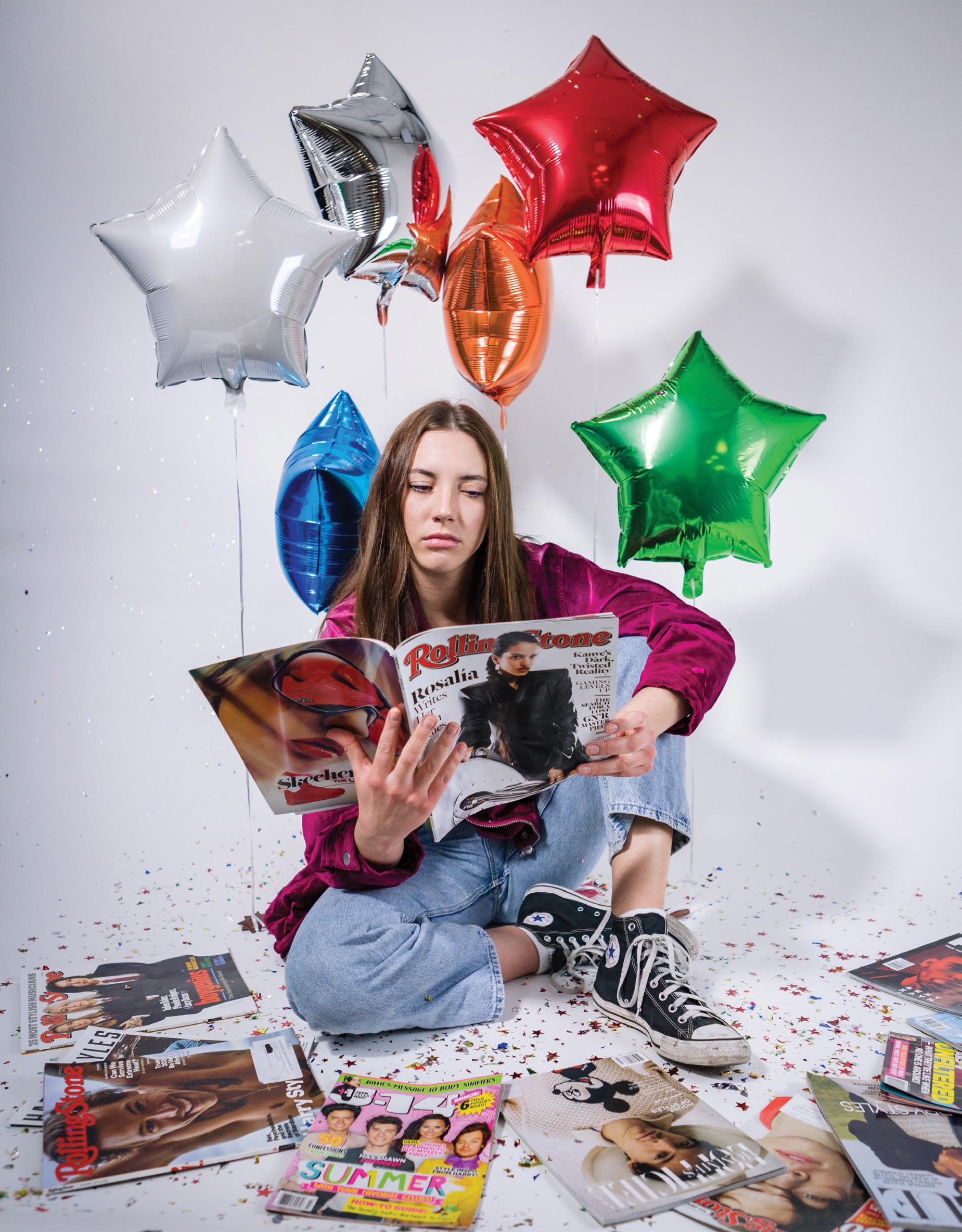
Williams said getting to know the human behind the music he loves enriches the work itself and connects him to both the pop star and their music. One of his favorite artists, Adele, makes songs he connects to on their own, but he said getting a peek into her life and hearing about her experience as a mother amplifies that connection.
“More often than not, the music comes first — but it really enhances the music when I learn about who they are,” Williams said.
Jaclyn Wishard
ABOUT THE AUTHOR
Addison Whiten is a senior Journalism major from Whitewright, Texas, and is the Pixel editor for the Graphic. She has experience in entertainment journalism as a former Life & Arts assistant editor and staff writer. She is an avid fan of music, and her top artists on last year’s Spotify Wrapped were Taylor Swift, Lana Del Rey and Charli XCX. She wrote this story because she used to have a Hannah Montana themed bedroom and has been a Directioner since 2012 — she knows about pop stars.
35
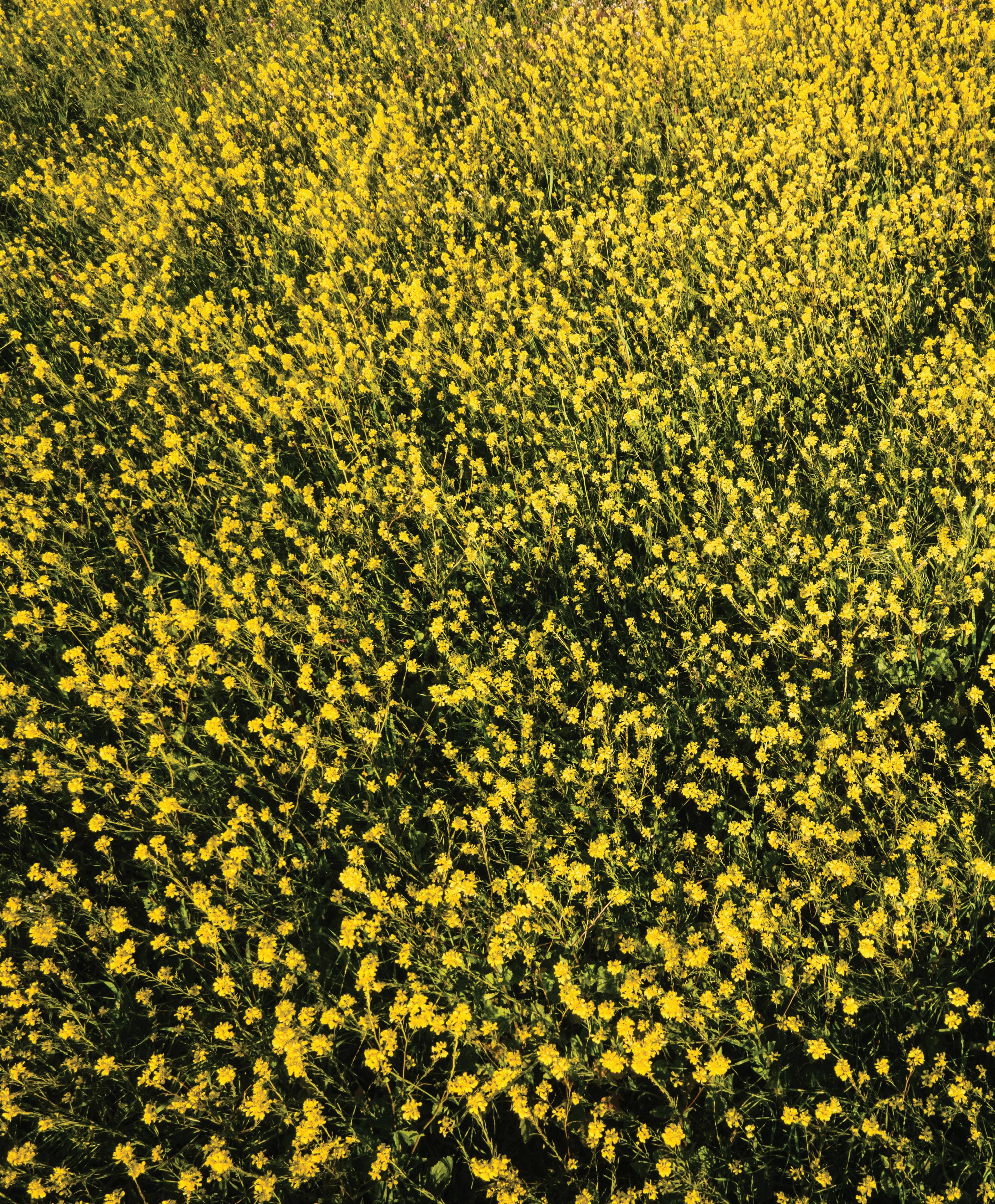
“If there is something to be changed in this world, then it can happen only through music.”
- Jimi Hendrix
































































